|
A VULNERABLE ARTIST must always act prepared, facing a number of potential obstacles that prevent them from having a seamless and supportive work environment. This is a list of thoughts I’ve compiled pointing to some of the structural modifications that could be helpful to those with a compromised physical or emotional condition, particularly when working on the road. It is meant to point to basic material considerations, and any amount of support in these areas goes a long way toward making their career paths more sustainable.
FIRST! And to get y’all’s attention, let’s talk about... BATHROOMS: I fully believe that quick and easy bathroom access is one of those things we have earned as humans. Add to that the fact that there are people with digestive disorders, incontinence, and many other physical ailments, which they haven’t caused or deserved, who may need fast as a priority. Not to mention a little bit of privacy. I feel we should make it a higher priority design-wise and in the spaces we choose, that this should be addressed as a disability accommodation... for the sake of human dignity. If not, the elderly and the ill slowly give up living in the world, and/or face traumatic embarrassments and physical pain in order to participate in it. We can do better than that. And port-a-potties can go anywhere. FOOD ACCESS: For vulnerable artists, food is a vital part of maintaining balance and health. Ideally, one would have access to a kitchen with cookware, both in work environments and at home (in this case I am discussing “home” as the artist’s residence while working on the road). In my experience, homestays are preferable to hotels for this reason. This means that anyone with dietary restrictions can choose to prepare their own food, saving time, stress, and money, while avoiding pitfalls like accidental poisoning, or trying 10 different restaurants and still living on trail mix (unless they have a nut allergy!). You get my point. If not an option in the work environment, a refrigerator, microwave, and tea/coffee makers can all be real life savers. SLEEPING ARRANGEMENTS: Vulnerable artists traveling should have rooms with walls and doors. Couch crashing and shared rooms are awesome… but not for those who have issues that affect sleep and/or overall feelings of safety. Lodgings near the work area in times of travel are ideal. Alternately, stipends for taxi/uber and/or public transit are helpful and can take stress (physical, mental, or financial) off the artist. FINANCIAL CONSIDERATIONS: Many professions have different expectations for compensation. Most of the vulnerable artists I know are not independently wealthy. Many of them have out-of-pocket costs to maintain their balance, and have obstacles that may limit their work options and income. Freelancers in particular are vulnerable to getting the sh!t end of any fallouts. Particularly when travel is involved, and a vulnerable artist risks changing their routine environment for one that an employer has created, I think it is fair to ask for an up-front deposit. This ensures that they are not going energetically into debt first, and risking loss that they might not be able recover from should a project be derailed or deemed unsuitable upon arrival. In accepting, you both enter a good faith agreement to do what is humanly (and financially) possible to honor the work. SCHEDULE AS A DIALOGUE: This is a broad concept that would require some pre-planning. Inviting a potentially vulnerable artist to give feedback on the overall schedule and how it meets their needs would be welcome. It may not always be possible, and it may not always change things, compromises are certainly expected and honored. Inviting them to view/ review gives them the opportunity to express issues that might come up based on timing, and gives both sides some agency and time to think through potential issues and solutions that might arise. It turns any “difference” into an opportunity to grow the process more organically together. As a heads up on the travel side of things, it would be great to allow 1-3 days of adjustment in a new city before work begins. This allows a vulnerable artist to establish a healthy physical grounding (getting some extra rest, resetting any necessary practices, finding local food sources, etc) and allows them to scope out any potential hazards. BALANCED PHYSICAL WORKLOAD WITH MODIFIABLE EXPECTATIONS: This is very much tied to the previous concept. Vulnerable bodies may have different workload requirements. Things may fluctuate, and much energy is spent managing direct conditions, and/or (potentially) living in hypervigilance trying to identify what will happen next and how to deal with it. Ideally a group work schedule is built around a “reasonable expectation for normal bodies” with modifiable expectations and offerings for vulnerable artists. In the layout of a day, speaking from personal perspective, I find mental energy and/or quiet physical practice best suited for the morning hours, and harder physical practice in the afternoon/ evening (though not too late, for those who have sleeping issues). Performance days of course would be modified. Energy may vary based on a person’s condition. Some people may only have X number of “good hours” in a day, and that would be good to know going in. Difference does not mean “negative”, it likely means the vulnerable artist has developed other skills to deal with their environment. For example, I write, administrate, and make costume in addition to perform, which has suited the fluctuations of my health over the last ten years and given me a well-rounded skill set. It can be frustrating, but it is not controllable, that things may come up unexpectedly, interrupting anticipated timelines. *Hopefully* when this happens, there are tactics in place to handle it flexibly. Obviously compromises are expected. A supportive response for an expression of an unanticipated need (...and keep in mind, these “expressions of need” may be steeped in pain and not “neat”), would be to a.) not question its necessity, b) allow absence to be an anticipated variable and c) make adjustments/ modifications where it is possible to do so without compromising “too many” needs of the group (a grey scale). RETREAT Sometimes all that is needed to reset and re-join the group is a short retreat. This can ward off trauma reactions and other downward spirals, some physical, some emotional. Having a quiet place that an artist can rest, meditate, or privately loose their shit for a moment (whatever suits!), can allow them to keep going for the rest of the day. This room should have the possibility of some light and sound control (even if that just means an on/off switch for the lights, and earplugs or ipod). I like the idea of a pop-up tent that could be pitched in any workspace, but obviously a room would do ;) SPACE TO NOT KNOW In life, we cannot know all “the things”. The only constant is change, and no one knows better, perhaps, than the chronically vulnerable artist. In a hopeful world, we are all just learning and trying to better ourselves continually, understand our purpose, and do right by our relationships. This involves plenty of getting up, falling down, and getting back up, trying to improve upon our conditions and attempts. Know that everyone you support will be thankful, will live better for it, and will have more to give the world because of it.
0 Comments
I predict the future Is where love Meets science fiction Not-neat plotlines Found in folding laundry Feeding Bathing Dressing wounds Saying and not saying Heartfelt talks and tea leaves Driving distances With and without maps Not knowing Not knowing Not knowing Going A future as vagabonds No bags packed But the ones we Came here with By genome And Soul process Moving towards an astral light Or a black hole We don’t know I believe the future will be terrifying But not as scary as the past I predict that unless we unburden our beasts They will rule us Drive the chariot into flames And soul into the center of the earth Where it will congeal as a hard, lifeless ball of rock And if the Movement stops
The earth stops turning And it will fall Like an asteroid To some otherworld’s sky Where inhabitants will wonder-- “Was there ever life beyond us?” And they will Not know Until the sky opens up Or the sun burns out And their world drops before its time I predict that love will mend our torn threads Our expired conversations Our “too far” distances In the space between human As limited form And technological godhead There is a heart beat Running From the love it can’t chase But can not live without When I was in undergrad, there was a brief period of time where I made art like this: In my first few years of art school, which coincided with my diagnosis and surgery for Crohn’s, I was deeply hooked into the idea of visibility, and invisibility... of my illness and the relational situations I found myself in. Crucial aspects of my identity were in a dance of hiding, revealing, “lying”, strategically informing, and crying for help and sympathy, much needed to beat the isolation of chronic illness. I toyed with different types of prosthetics, inspired by artists like Lisa Bufano who used their visible disabilities so honestly and poetically. I entertained distortion as a lens, to show the ways it shaped a world-view, creating sculptural screens. I shot videos of mundane life stripped of color, manually bending images in space to make the viewer aware of the physicality of perceived distortion. The segway into the work I make today that both extends and subverts these expectations was a sculptural costume, nearly a wedding dress, cut from hundreds of circles of wax paper, stitched into beautiful scars with a resonant sound. This was my first step into dance and improv (a great sculpture and a naive performance) but it was an important marker, and one that nationally forced me into the “visible” category by way of a highly public show at the Smithsonian, through VSA Arts. At the time that I received this attention, I was not emotionally equipped for that kind of direct discussion of my illness. Quite frankly, I used art to talk about it without “talking” about it!! But so it was, this discussion was now a life-path. There are many tricky things about invisible illness beyond just the physical, including nuanced psychological and emotional dynamics. To ground a recent example that highlighted this visible/ invisible barrier: I’ve begun wearing a respirator mask at my job to protect from environmental contaminants. No one else in my facility wears such protection, but I spent the first 3 weeks getting ill at work and freaking out about whether I could keep this job. As a highly-educated female walking into higher levels of production at a textile factory in the ‘hood in Philadelphia, I had both subtle and direct resistances to me coming on board. As soon as I started wearing the respirator, I watched these expressions and interactions soften. I will not try to quantify the psychology behind it, but it was noticeable. This is a “positive” response in many ways, though I have experienced the opposite--direct rage and indignation from superiors who refuse to provide accommodations because they don’t “see” what I’m talking about when I say that I’m sick. I would invite them to observe my bowel movements, but then I think this would piss them off further. These situations have led to direct job loss, panic attacks, many sleepless nights, and any number of head-problems I’ve had to sort out with professional help. There are echos of these reactions in personal relationships as well, and it can be quite jarring to receive rage as a reaction to vulnerability, particularly in one’s inner circle. Sometimes these situations can be healed, other times not. Something I will always grapple with is dignity and right to privacy when it comes to the very personal nature of illness and suffering. It’s a double-edged sword either way you pull it. Withholding information perpetuates isolation, while sharing it can traumatize the listener, revealing embarrassing, grotesque, or incredibly heavy details that neither may have been in the “right place” to digest at the time. These kinds of “reveals” can be quick ways to determine the strength of friendships you might have, but also may cut short the possibility of transmitting something important that both sides might be better off for facing. So in my life--and you can assume this for all other humans--I believe that each person has a right to their privacy and dignity, to choose NOT to discuss anything at all... BUT THEN... ADVOCACY!?! How do we make the world a better, more informed and compassionate place that can include people of all different types of trauma and ability, when we can’t talk openly, for fear of not being able to control our (or their) reactions? What do we share, and how? What if it’s messy? What if they judge? What if I judge? What if suddenly it’s all fucked-up and no one knows where to start the conversation anymore? Do we all walk away? There are many things that I have experienced that I will never talk to you about. Never. Some of these things shape the way I interact in the world in significant ways. Still. Never. Sometimes to share is re-traumatizing for the victim. Sometimes it’s healing. Often the healing happens behind closed doors, and once healed, it’s better for that door to remain shut. How do we care for and hold space, and continue to seek understanding of the invisible aspects of our experience? I have no simple answers but time, reflection, persistence, and humility. To be honest, the only tangible technique I’ve found personally is to believe in art for this, which extends to my advocacy for social art programs. Among the powers that art has, its techniques are abstraction and translation through a medium, providing an opening for difficult, messy, or not-yet-fully-formed messages to be spoken and received. It allows us to draw, sculpt, morph, and phoenix-style rebirth our interpretations as we continue our journey of discovery without judgement, or the perception of judgement, by ourselves or others. If we can come to frame experience without the finality of gains or losses held by momentary reactions, then maybe we can all soften into greater understanding over time. Photo by Chris Robart from "Circus Sessions" produced by Femmes de Feu. Harbourfront Centre Theatre, Toronto, ON
I want to start with the “easy” tools and end with the deep diving, so that you can read as much as is helpful to you and put the rest away. To make things simple, as I’ve mentioned in previous posts (HERE), there is a significant connection between your microbiome and mental health, both of which are highly important and significantly vulnerable in the case of Crohn’s. VSL#3 is a probiotic that has substantial medical testing and is available over the counter and by prescription for the treatment of IBS/D and has done more for me than any other comparable product. It took me quite a while to get used to it, but I’m super happy with its regulating effects. CBD oil is still a staple, and I’ve been taking Green Mountain’s brand of 20mg capsules 1-2 times/ day. It’s hugely calming for my belly and also the anxiety that I live with that spurs on symptoms. I’m also taking Reishi extract, which was recommended to me by local Suntrap Apothecary, and I’ve noticed significant difference in my energy, as well as a helpful moderation of food cravings and substance dependencies. Reishi is referred to as the “mushroom of immortality” in Eastern medicine and has been used for millennia to treat a wide variety of ailments. It has adaptogenic properties, balancing out the swings of the immune system (Crohn’s is essentially all about being overzealous and spurring battles that aren’t necessary). I’m excited to keep monitoring the effects over time. That’s IT for me right now in terms of supplements!! I’m still a big advocate of acupuncture, largely because of its nervous system benefits (and chi balancing, of course), as well as of food-related healing. Food is the single most important factor in my health (short list: no wheat, coffee, or alcohol, focus on lean protein and cooked veggies), along with stress reduction. The deepening need to understand stress in my system has been highlighted by a journey that started about a year ago when I tried yet another pharmaceutical, which in turn dug out more underlying issues to carefully consider. One of the most significant experiences that has shaped my forward path and research is that after striving quite hard to do things the “right” way by seeing an excellent Chinese and Western medicine doctor, I had a number of significant obstacles and traumas thrown in my path. This led me to work through EMDR therapy and to, for a time, “give up” trying the natural way, and “give in” to the pharmaceutical suggested by my Western doctor, Humira. Now Humira is in the class of TNF blockers/ “biologics”, which of course sound natural and scientific, but really substantially inhibits your immune system and has a huge and scary list of potential side effects. I have always been terrified and skeptical to put my body on this short-list of drugs because I don’t like the idea of my immune system becoming dependent (re: what happens when they stop working?! which they often do over time…), and also because my body is HIGHLY sensitive to all substances. All the same, I had begun to wonder whether I was doing more harm than good for myself by resisting a class of drugs that might work. This was my first surrender. Long story short-- I was wrong and I was right. Injection site reactions to this drug are deemed “normal” and I put up with them for weeks and months… but when my skin began to itch all over, starting at the backs of my legs and spreading with no visible irritation whatsoever... I knew something was wrong. I stopped sleeping. Sadly the doctors that prescribed these meds didn’t take me seriously the first few times I called, but I knew enough to eventually take myself off the drug. I saw an allergist, who confirmed no allergies, and after several months of still not sleeping or healing, I saw my childhood doc who confirmed my suspicions that this was neurologic and caused by the drug. Neuropathy is essentially what happens when the myelin sheath that covers your nerve cells starts degrading, and it’s also not necessarily reversible. The subsequent healing process went like this: for several months I’d been hooked on ambien to sleep, then gabapentin (an anti-seizure med) to calm my nervous system to get “real” sleep (ambien only allows for the first few superficial layers of sleep to occur, so essentially for months my body was still not resting and repairing itself). I took lots of alpha lipoic acid, a natural supplement approved for treatment of neuropathy in Germany and elsewhere, and I’m happy to say that nearly a year after first starting Humira, I am mostly healed from its effects. SO WHAT CLUES DID THIS GIVE ME TO MOVE FORWARD WITH?! Obviously something was up with my nervous system!! If Humira had such a profound and unexpected effect when modulating my immune system (and btw hadn’t really improved my Crohn’s symptoms), there had to be something else going on. While on the drug, I’d had several significant sensations that felt like a “wash” of electricity flooding my body unexpectedly. I still can’t say exactly what this is, but in combination with research into how trauma affects the body (largely neurologic) and when and how my symptoms kicked in (often in relation to training and/or EMDR therapy, and at the time I was teaching many aerial classes for my income), it became apparent that I had stress effects that were outside my conscious control. This was highlighted and exacerbated as I made the move back to the east coast, throwing myself back into immersive teaching and performing environments that required superhuman energy output. In the weeks and months since, I have removed myself from these types of environments in an effort to moderate my energy output and not “over-extend”, but I am still dealing with chronic fatigue, and my energy boundaries come “sooner” than they would in another body. This is something I am still resolved to heal further. In clueing in to the connections between stress and trauma, I’ve become attuned to the vagus nerve, which interfaces with parasympathetic control to the heart, lungs, and digestive system. Vagus Dysfunction results in GI symptoms, and this proves itself to me again and again when I over-exert energy. I am learning to tap into more subtle cues, like how my throat and voice shut down when I've had to use a lot of social and/or physical energy, fight-or-flight breathing patterns, liver and spleen imbalance observed by multiple acupuncturists, and the tension I get at the back of my head, which sometimes causes migraines. I’ve begun developing a new training regimen for CNS nervous system regulation, though that will be another post down the line, and something I hope to give back as a future program. It is my duty now, as I continue training and living in this American over-work culture, to pay attention on a gut-level to when my body needs to rest, which is not necessarily when I’d “like” to rest, as in what my mind would have me do. This leads me to my final observation, and that is the psycho-spiritual component of what it is to deal with Crohn’s. This is still of course in the unwinding, but common themes surround the right to exist, will power and surrender, and pain vs. suffering, i.e. the belief that this experience is senseless or purposeful. When I write in order to connect and to continue these discoveries, I turn senseless pain into purpose. I am certain that the rise in autoimmune illness is a purposeful message in our physical, spiritual, and cultural evolution. We are at war with ourselves on a cellular level, and therefore we must be the cause and the solution. This must be done by establishing HEALTHY boundaries and shields between self and other, home and invader, ones that do not cause harm. The sustainability of our immune system and our bodies ties directly to the earth, our food systems and the environment. If we accept that there is purpose in this development, then we also accept responsibility for righting it, turning resistance into resilience. This deserves a post in itself, another aspect of the unfolding as I continue this journey. Until then, peace and resilience. Life is not a battle, it’s a heartfelt surrender.
It’s not often that one gets to step outside “normal life” and view the earth from a different perspective. This is why I am eternally grateful to share this vantage, hoping to inspire fellow earth-dwellers to follow trails. May enduring grace be bestowed upon my loving friend Jess Flying Yogi, and her family Terence, Tessa, and Geevee for their openness, generosity, and companionship on this journey. -- We left early, stuck in traffic on our way out of town. We spent our extra moments in the car going over lists of things we may have forgotten… prescription drugs, food items, pillows and warm layers. A full day of driving landed us in a hotel room just into Colorado; the next day had us driving through a snowstorm in Denver. It seemed our first picturesque views were to be obscured in thick blankets of white dust. Determined not to miss destinations due to weather, we persevere toward our first stop, Garden of the Gods. This land was bestowed on the city of Colorado Springs in 1909 through an incredible act of philanthropy. The children of Charles Elliot Perkins gifted it in his memory, with the agreement that it forever be free -- reminding us that freedom is land’s natural state. The weather clears just as we arrive, and the view from the visitor center parking lot is stunning. We take a quick check-in at the nature center for Junior Ranger books for Tessa and Geevee [this parks program is a genius way to build curiosity and future stewardship of the land]. From here we find our hikes, and proceed happily into the land of the Gods. Greeting us is a happy melty snowman -- a message that even in the cold, there is beauty in playing outdoors. Later that day, we head to Great Sand Dunes National Park, one of my favorites to photograph. Sinuous peaks of sand rival nearby snow capped mountains in their grandiosity. To reach them, we must pass through an ice cold mountain stream. After mounting the first big dune, I lie in a basin to warm up and view the world upside down while considering the perpetual hill of sand. I climb farther. The views are worth it. Even now, the surreal environment speaks of epic escapes and the test of human will to transcend barriers. Melting into nothing with each step, efforts dispersed in tiny grains of sand, the Dunes dare you to take in their true scale, to feel your insignificance. As we travel toward Monument Valley on our third day, we pass Bears Ears National Monument, one of our country’s newest national parks. You may have heard of it due to speculation about its protective designation being revoked with the current administration. We have too many miles to go to our campsite, so we continue on hoping that someday we will travel back to see that it has remained protected. As I mentioned, we are on our way to Monument Valley, the most majestic place I’ve been. We choose to stay at The View Campground on Navajo Nation land, and here we ask permission to set up our aerial rig to train. Permission granted. Happy Dance. We are told to rig in the day lot, since it is already close to sunset. The light and the Monuments’ still beauty make these shots, and our experience, one of the highest highs of the trip. I find myself at a loss for words for this place; all pales in comparison to simply beholding. Our images are a reminder that culture and nature can coexist in harmony, if only we work for it. I wake at sunrise to see the dawning of a new day, soft light, nascent forms. We stop briefly on our way to see dino tracks on Navajo land, evolution’s footprint, triggering limbic reminders of nature’s creation and destruction. Then on to the Grand Canyon, an iconic view of US wild west grandeur, co-maintained by the Grand Canyon National Park, the Kaibab National Forest, Grand Canyon-Parashant National Monument, the Hualapai Tribal Nation, the Havasupai people, and the Navajo Nation. As far as the eye can see there are canyons [Approximately 277 miles long, 4 to 18 miles wide, and over a mile deep, carved by the Colorado River]. The view flattens at a distance so the landscape looks painted. I contemplate the heyday of panorama paintings, mid-19th century, and wonder if the awe they inspired is similar to how people perceive these sights. We choose dispersed camping just outside the park, and are happy with the serenity of our site. The next day we descend a few miles into the canyon at Hermit’s Rest, the far side of the red loop, away from attractions. Our afternoon and evening take us to Lake Powell and another low-maintenance, but highly beautiful open campground. We enjoy the sunset, the warm winds, and the morning light that follows. Once again, aerial commences with ease, surrounded by water, draped in silks. Side stop at Horseshoe Bend. Handstands on the ledge. [This is nothing new… pretty much every site we visited, we took the time to shift our perspective and challenge our comfort with heights.] Forward to Zion National Park. Taking in the sights from the back seat of the Santa Fe, I see a group of big horn sheep on a ledge above us. Just as I mention them, we five scream “AHHHHHH!” in unison, bursting into nervous laughter as a big horn sheep (mistaken for a goat) jumps in front of our moving vehicle. Feeling thankful to have averted disaster, we are enthusiastically on our way toward Angel’s Landing through Refrigerator Canyon, a trail that takes you up 21 of Walter’s Wiggles (i.e. switchbacks) toward an exciting climb that involves scaling and rock-hopping using chains bolted to the mountain’s path. The whole crew endures quite well, and Jess and I leave the girls with Terrance at a landing where the climb becomes quite challenging. We are happy to continue on to the top, and have both chosen to wear dresses for the occasion. We make it, in style, and Jess proceeds to handstand at the top. The next morning we arrive at Bryce Canyon National Park, and commence our third day of major canyon hikes in a row. My calves are feeling it, but the hoodoos of Bryce are captivating!! We make it from top, to bottom, back to top again, feeling tough and challenged, and filled with light. Utah. So many rocks, so little time. We spend two days in the vicinity of Arches National Park and Canyonlands National Park, first camping in Moab and then Dead Horse State Park. Arches is nature’s cathedral, the world’s largest accumulation of natural arches. Epic vaults, literal tons of rock suspended so delicately that it’s hard to believe they were formed over 300 million years from a salt bed. Arches, spires, sandstone fins, and eroded monoliths call to the human body, as if the earth is reaching its dirt hands out to grasp us, to point to the sky and say “BEHOLD, focus your attention on THIS, or risk losing out on details trying to grasp the vastness of space.” We gaze. We juggle. We handstand. We venerate. We come back a second day. DEAD HORSE POINT STATE PARK and CANYONLANDS. The story behind Dead Horse Point’s name taps my tiny human desire for narrative. According to the story, wild horses occupied the North American landscape more than 50 million years ago. Wiped out by the last Ice Age, modern horses returned by way of the Spanish in the 1500’s. Fast forward 300 years, when wild mustangs ran free along the mesa tops... at a time when cowboys sought to profit off them. They used Dead Horse Point to trap horses and sort the healthy, marketable ones from the “broomtails”, those deemed less desirable. You can probably guess at what happens next. Legend has it that a band of broomtails was left corralled at the point, dying of thirst within sight of the Colorado River. The gravity of this tale stirs up deep sadness and anger, both past and present, at humanity’s casual lack of respect for natural life. I believe that the horses left some part of their unbreakable spirits here. Our campsite is magic. A kit fox greets us there. We rig aerials near the canyon ledge at sunset, and this is one of my favorite moments from the trip. We visit Canyonlands and see where a meteorite created a giant gorge of green silt. It seems one of the overarching themes of our trip is to be humbled by the power and strength of natural forces, as big as the cosmos, as small as a grain of sand. We traverse vast sheets of slick rock to more canyon views. We have many miles to go, and not nearly enough time to take in what this setting has to offer. By the next day we are in the Rockies, stretching our legs with a short mountain hike, much different than what we’ve grown accustomed to. The air is cool and crisp, the earth moist and covered with evergreens and snow. Bathed in forest light, we see our last views from high on the mountain. We are humbled. Leaving newly revealed parts of ourselves in mountains and canyons, we head east -- hoping to return soon. Sarah Muehlbauer
www.lionorfox.com |
Sarah MuehlbauerArtist, writer, seer, circus. Search topics through the Table of Contents to the left, or chronologically through the Archive below.
Archives
January 2021
|
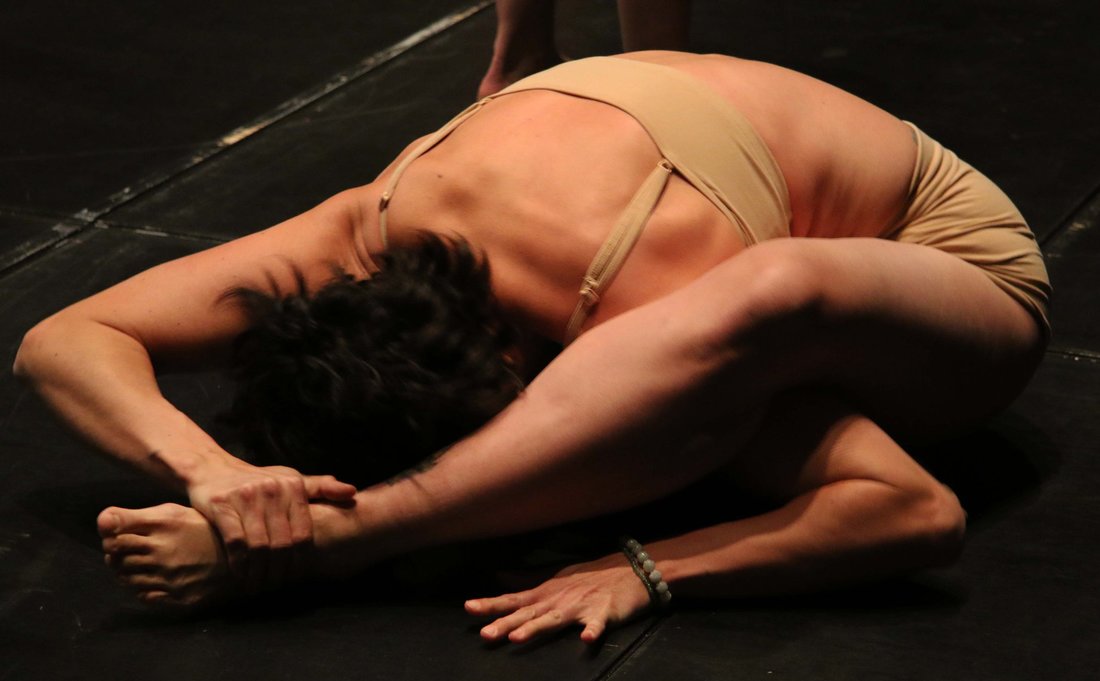
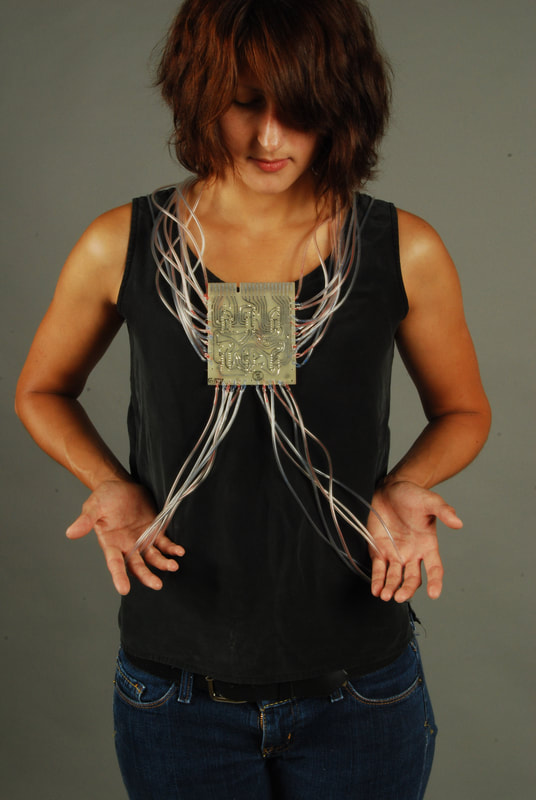
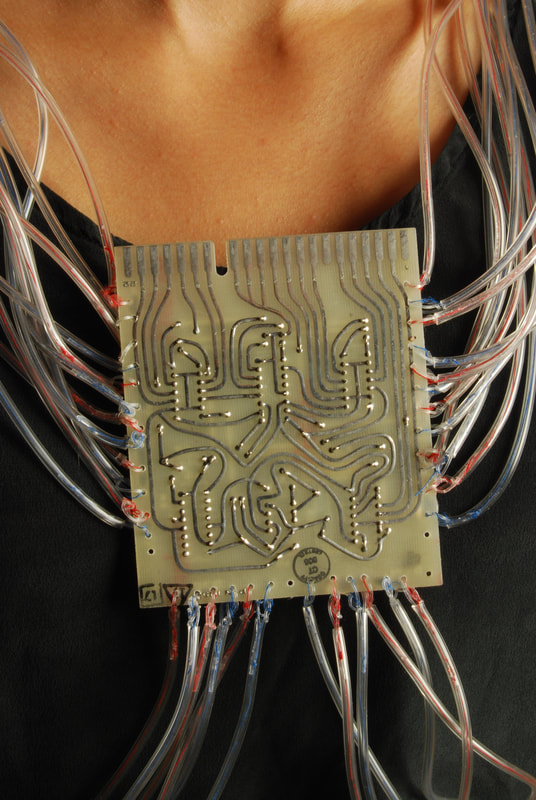
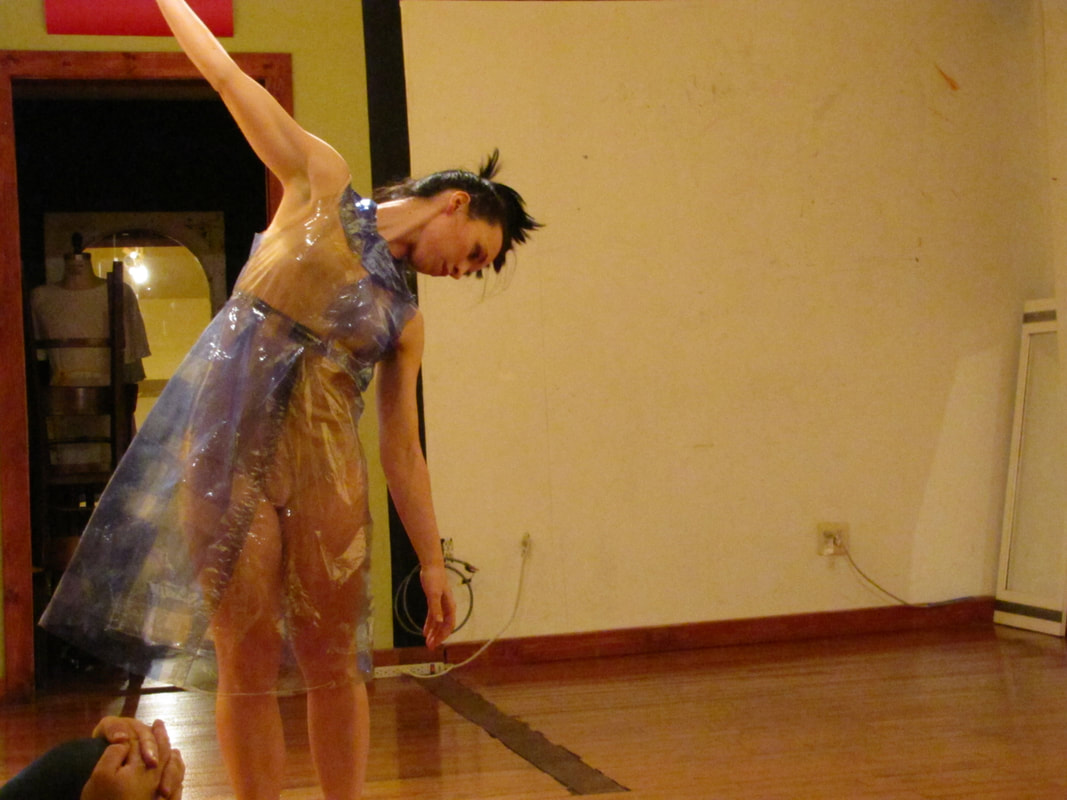
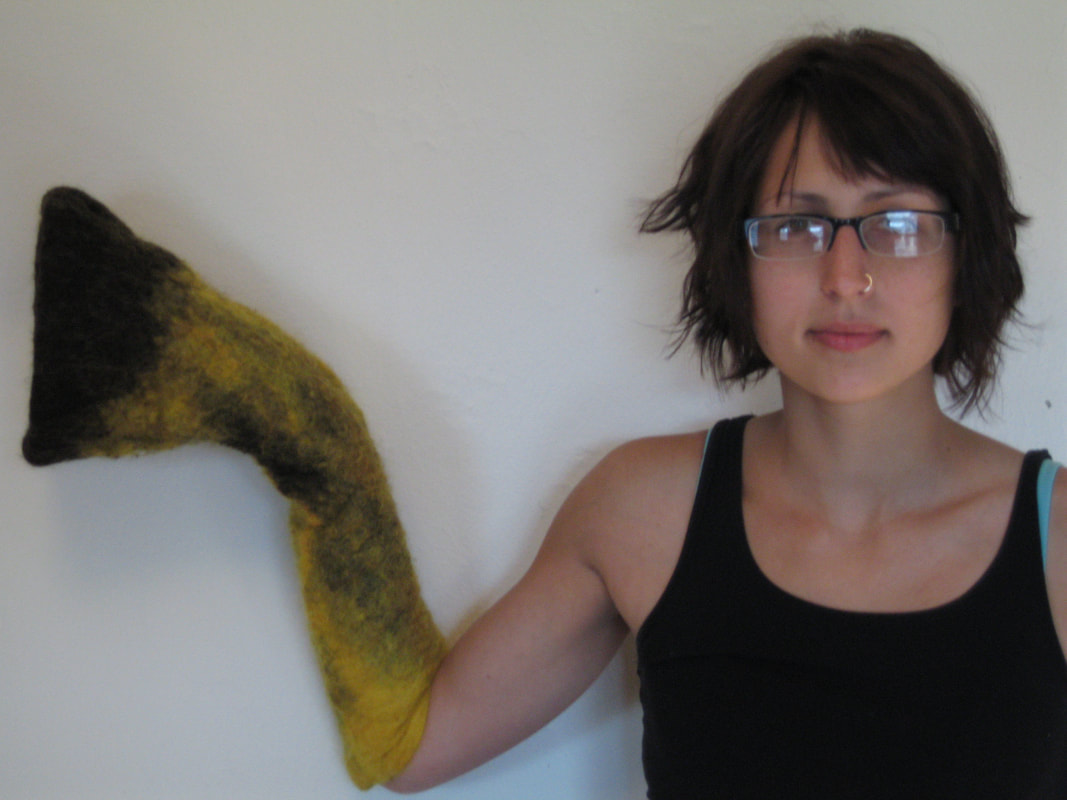
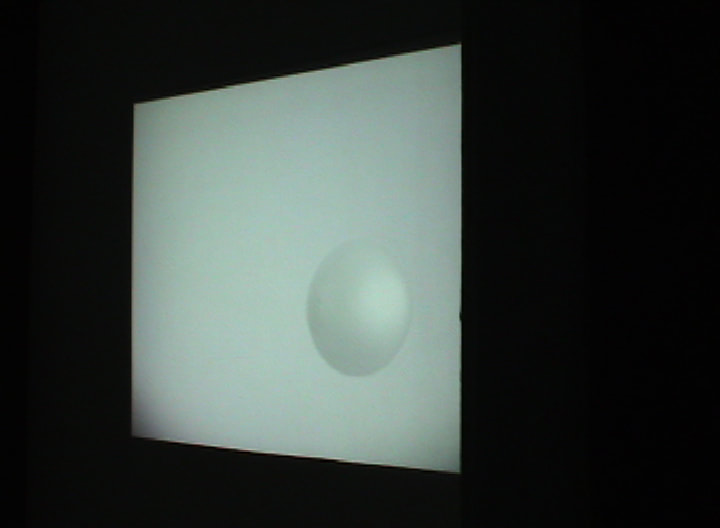
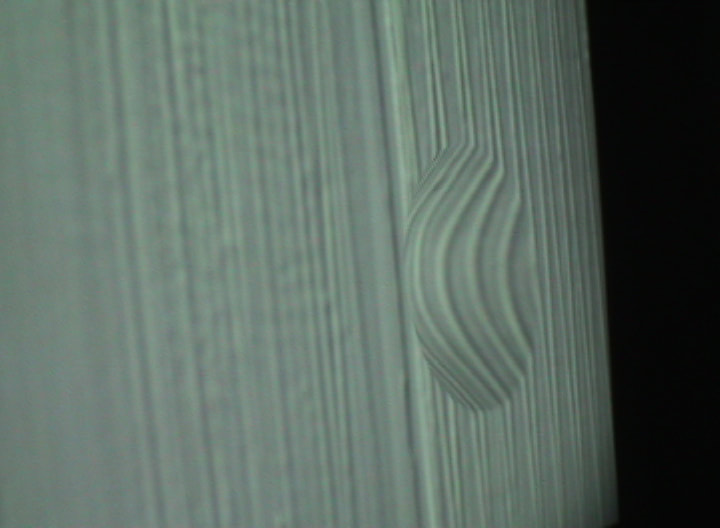
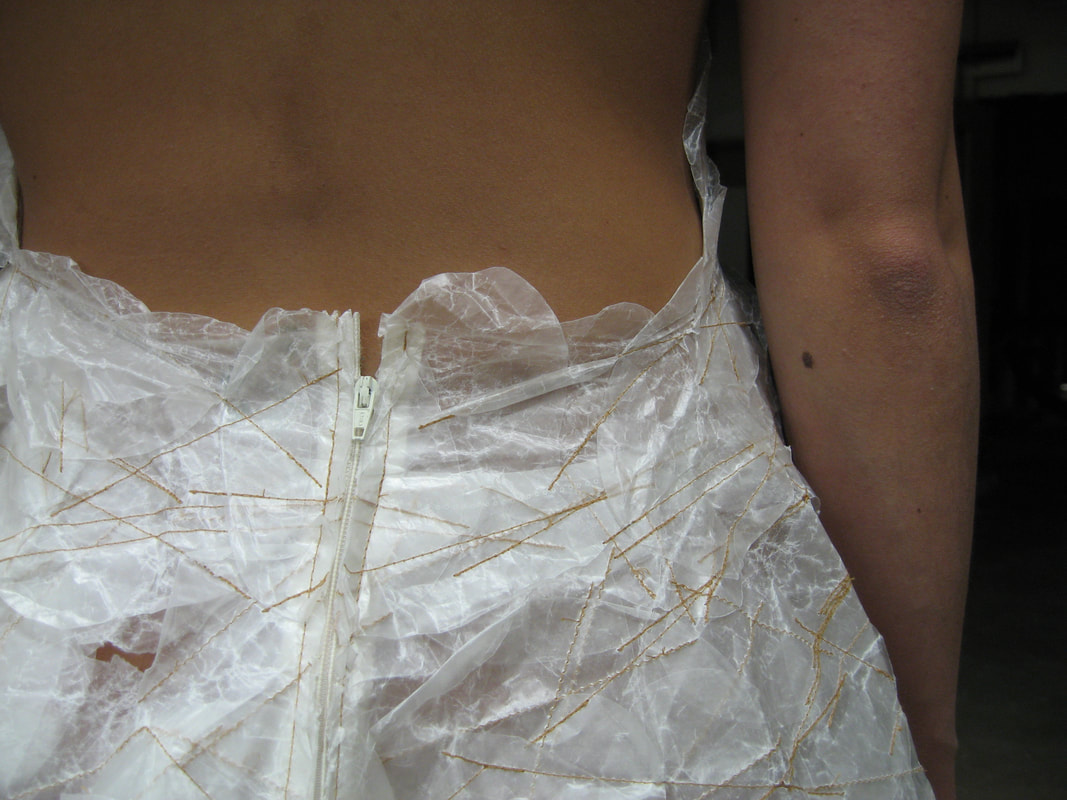
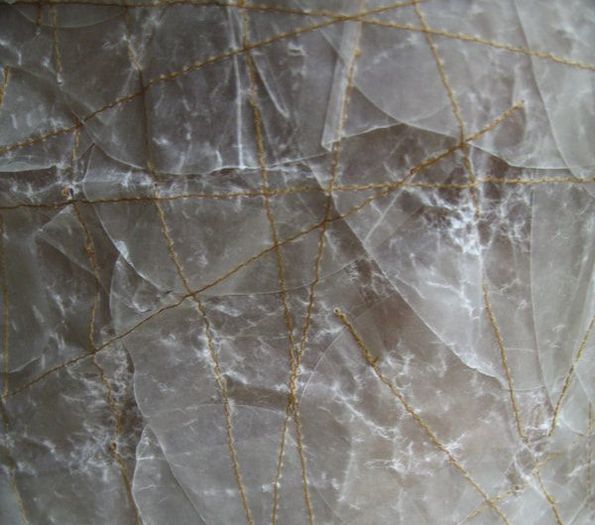

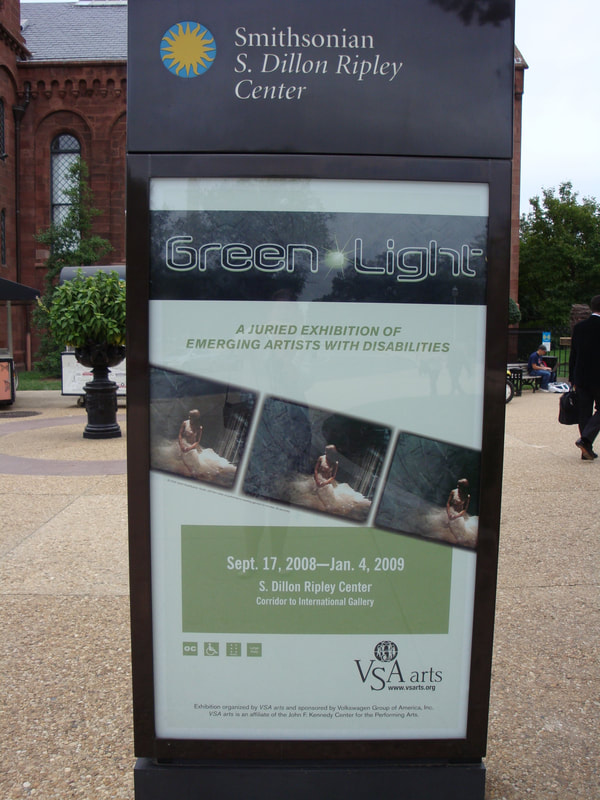
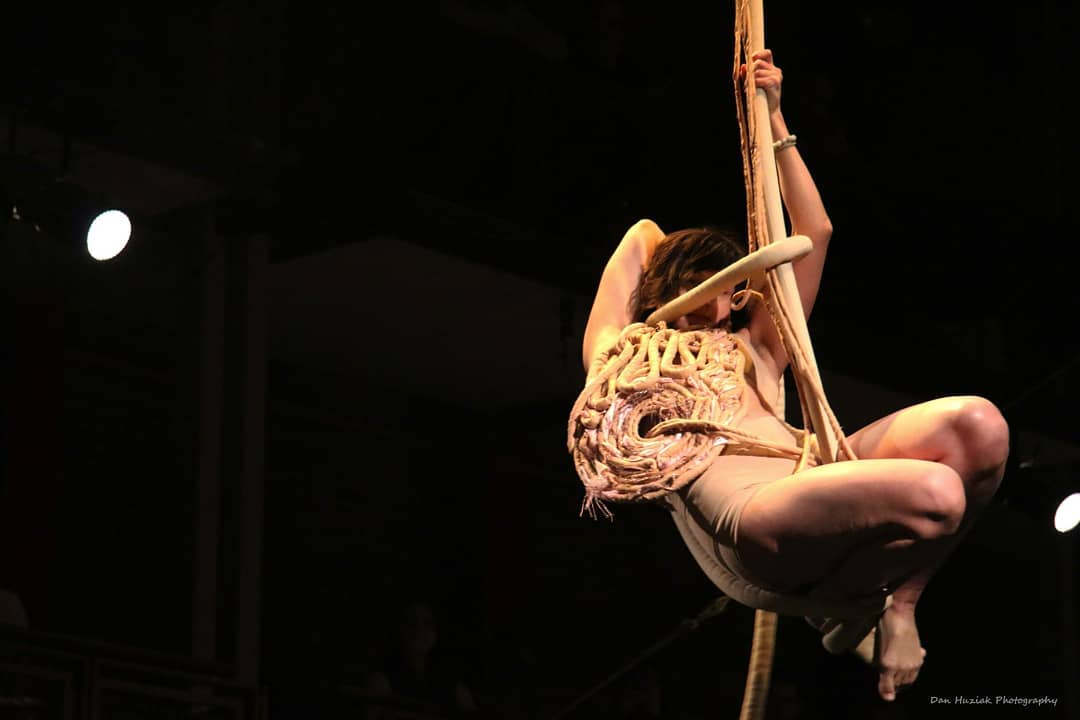
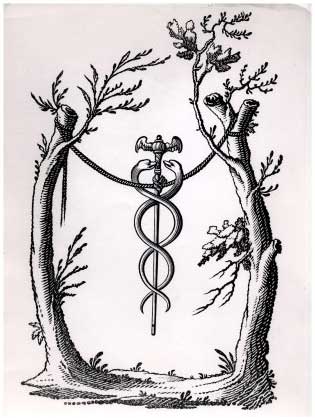
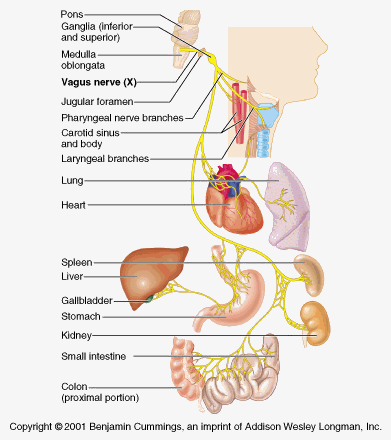
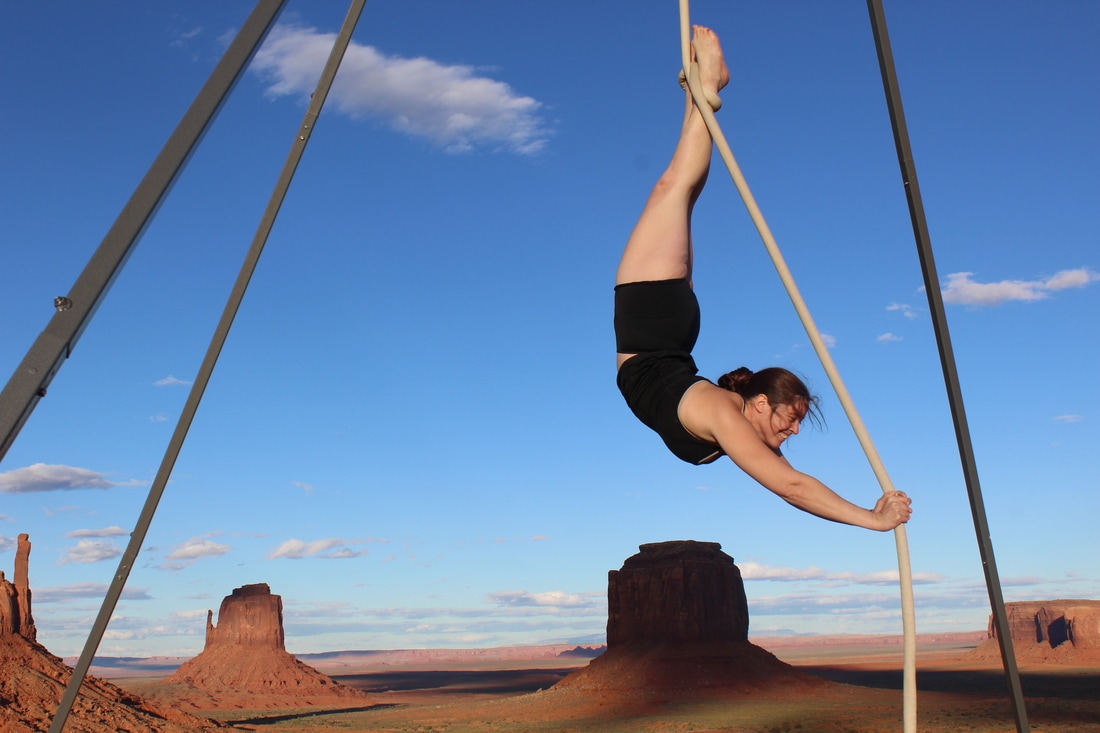
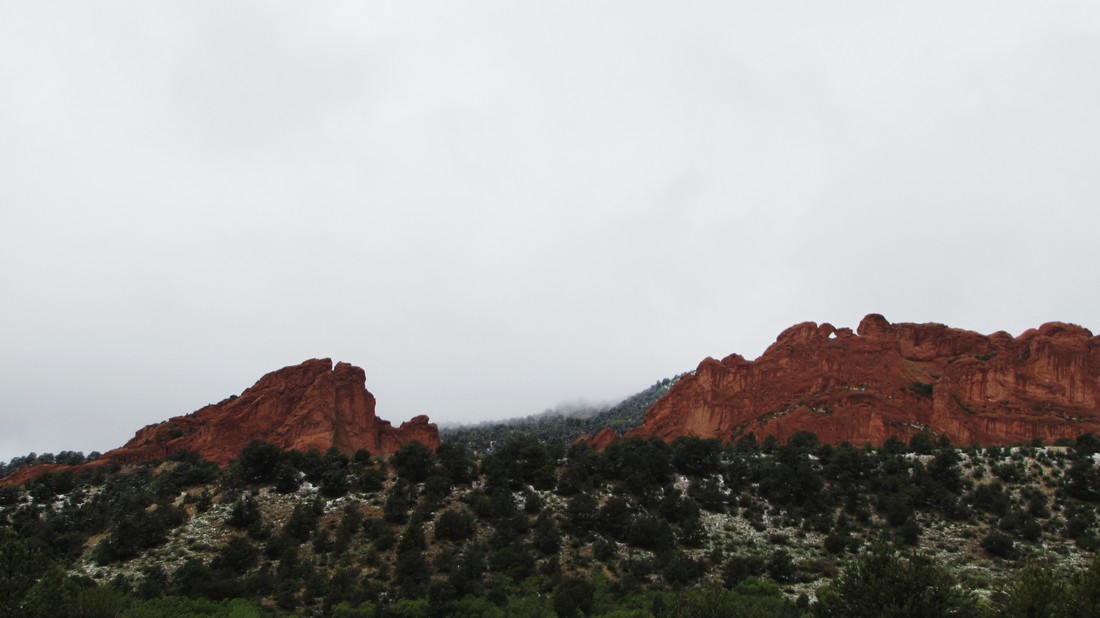
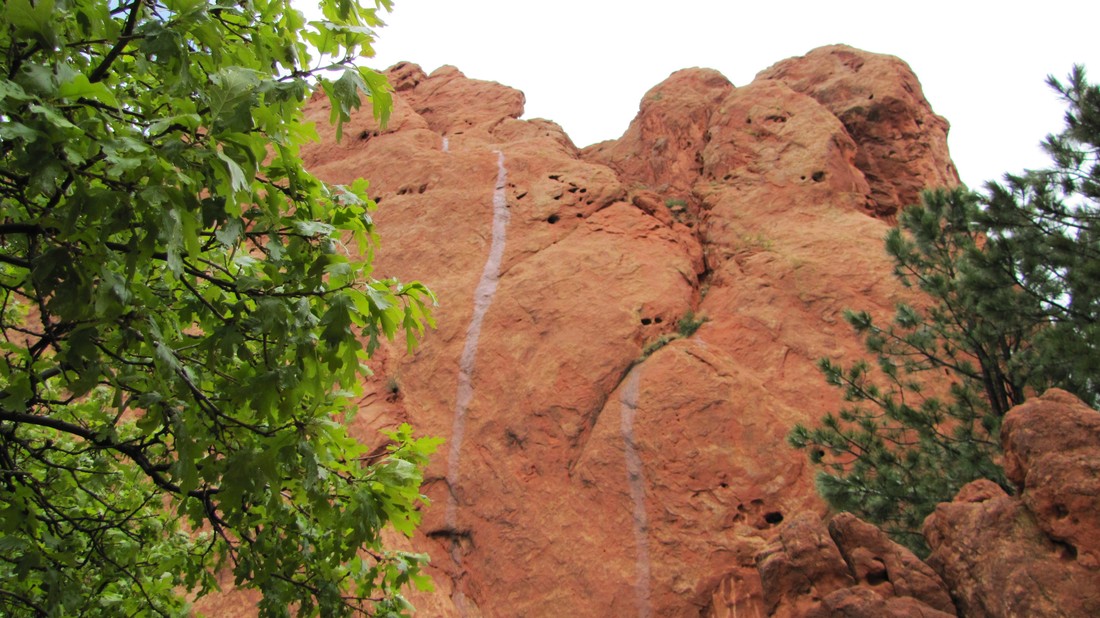
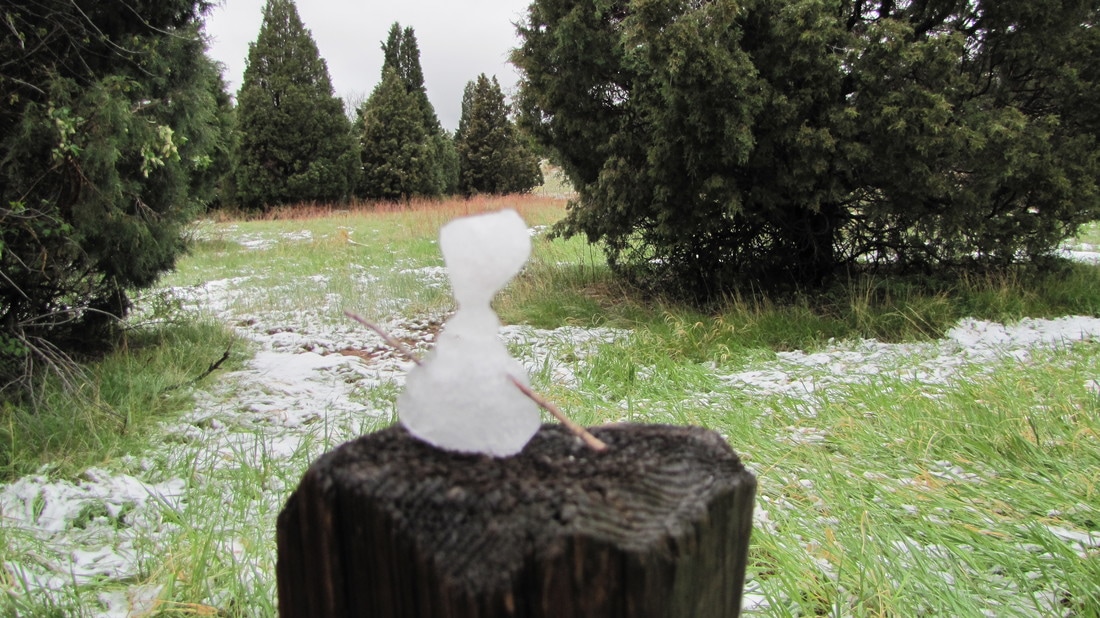
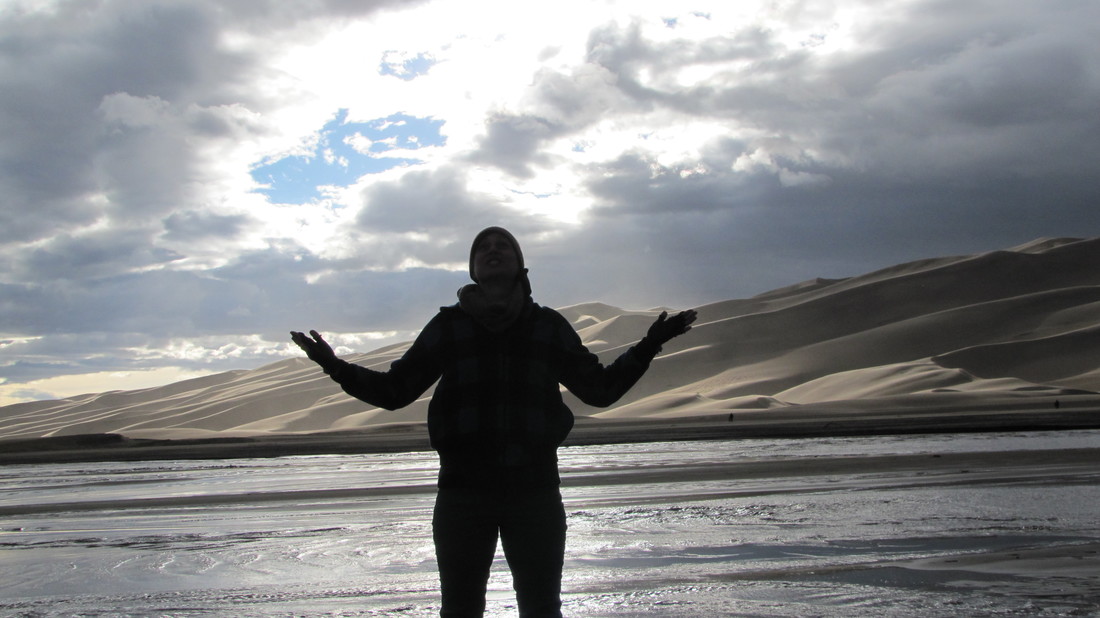
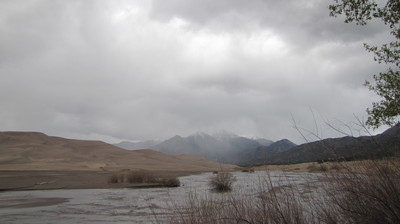
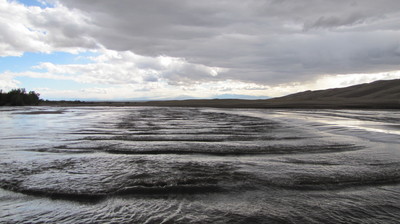
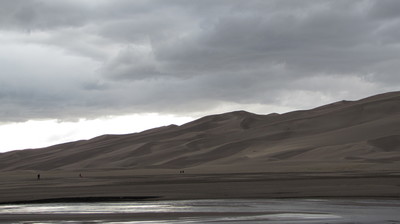
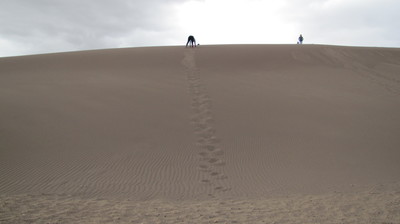
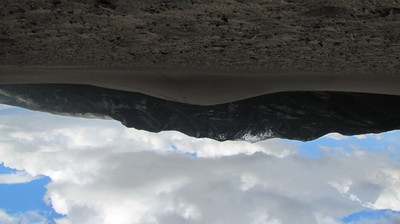
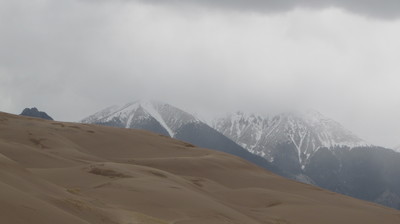
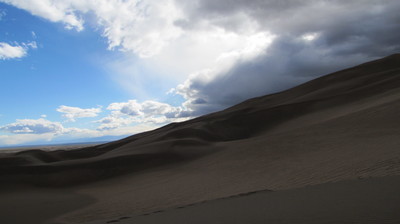
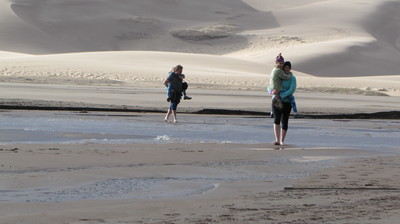
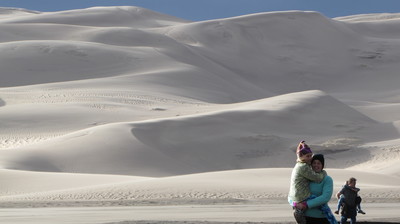
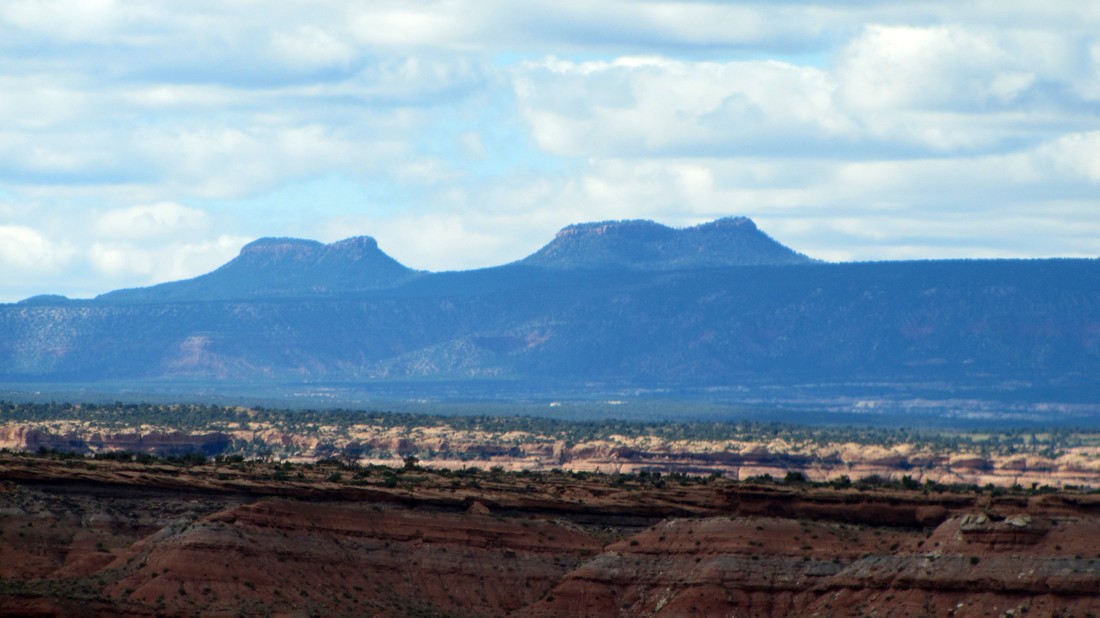
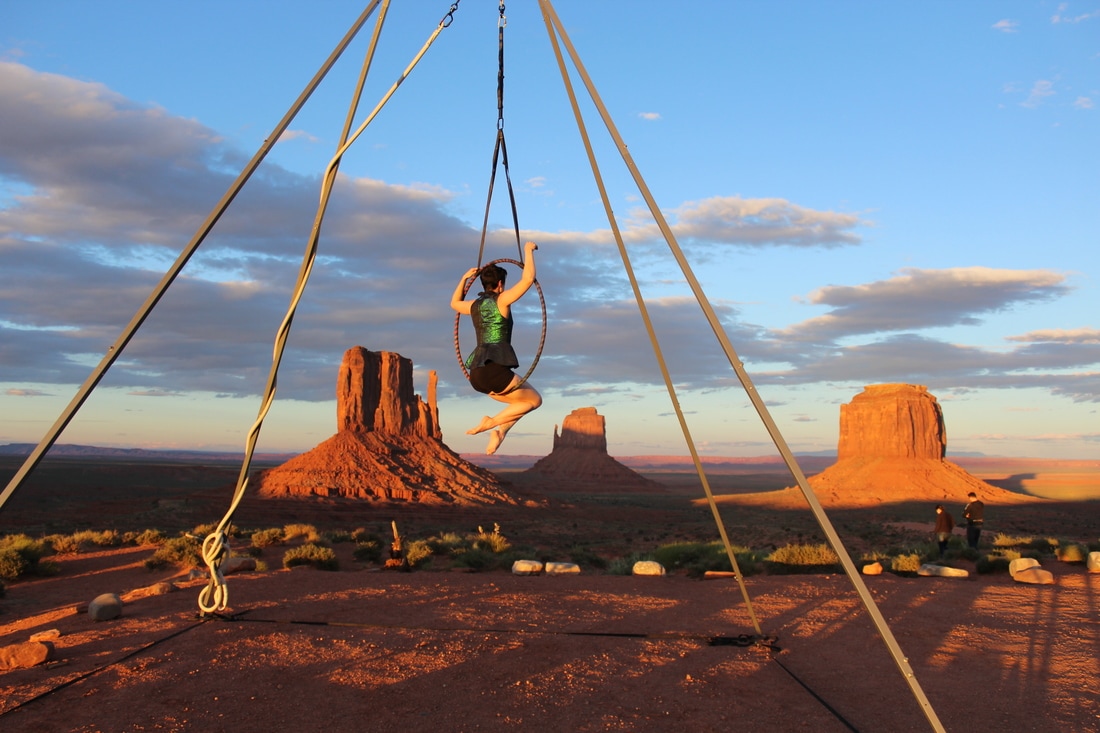
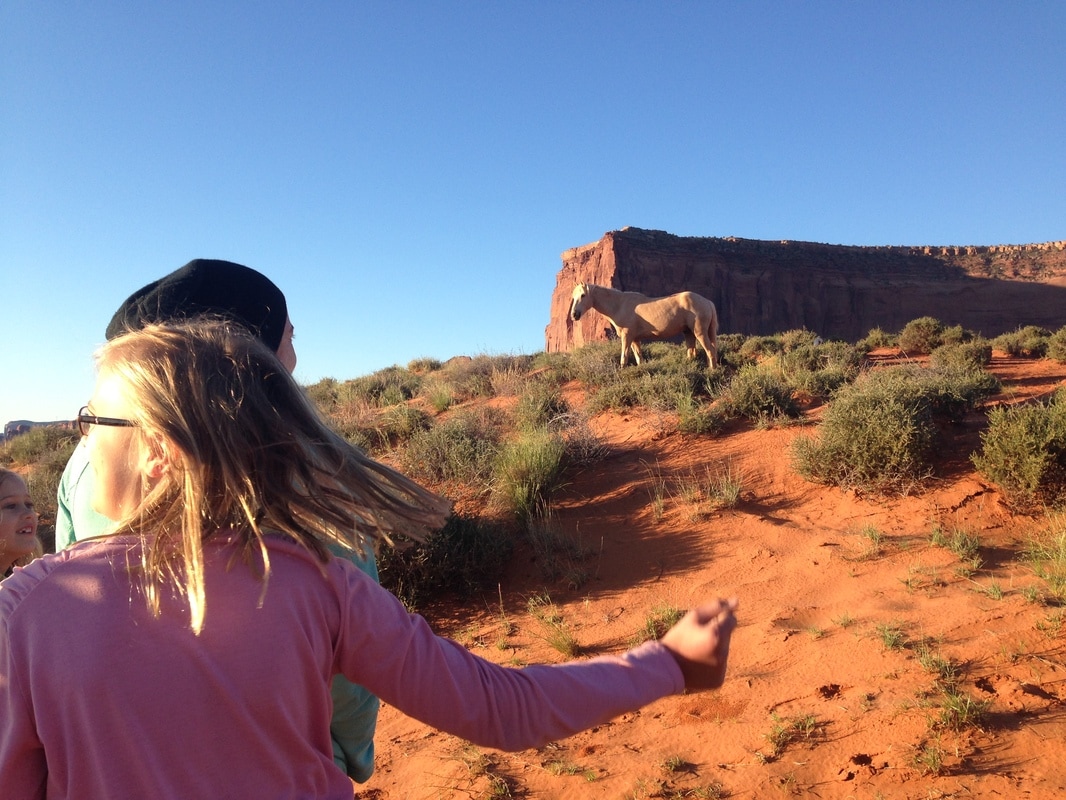
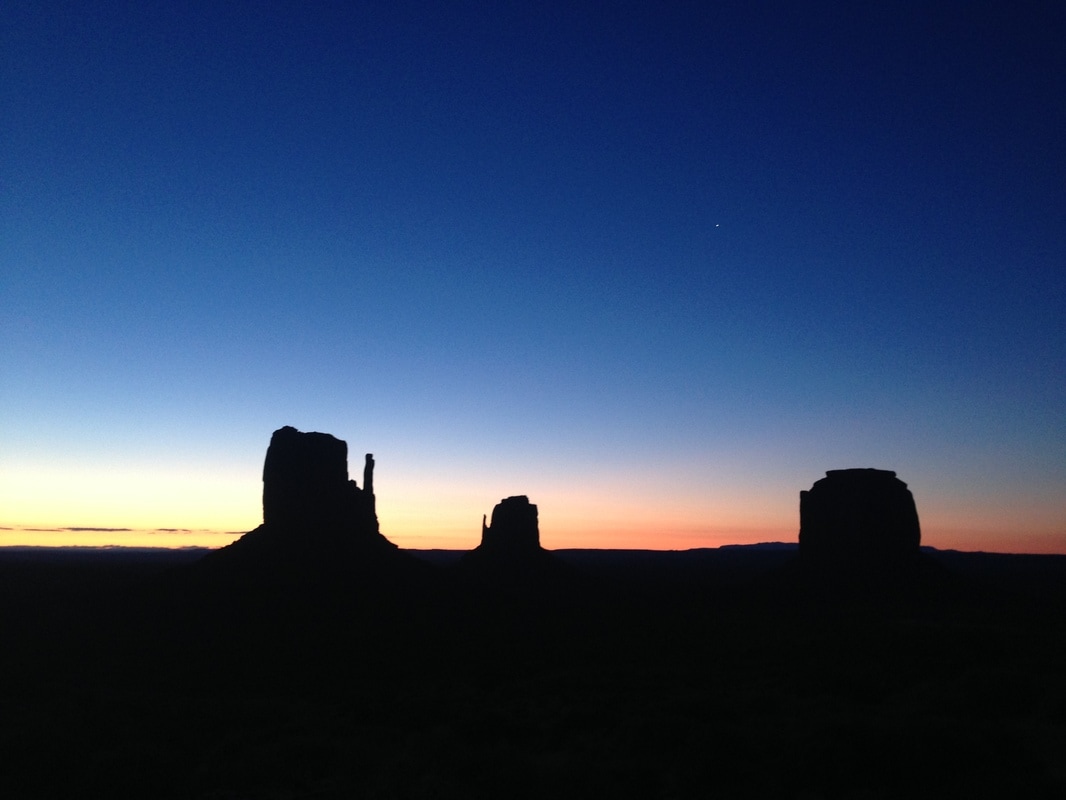
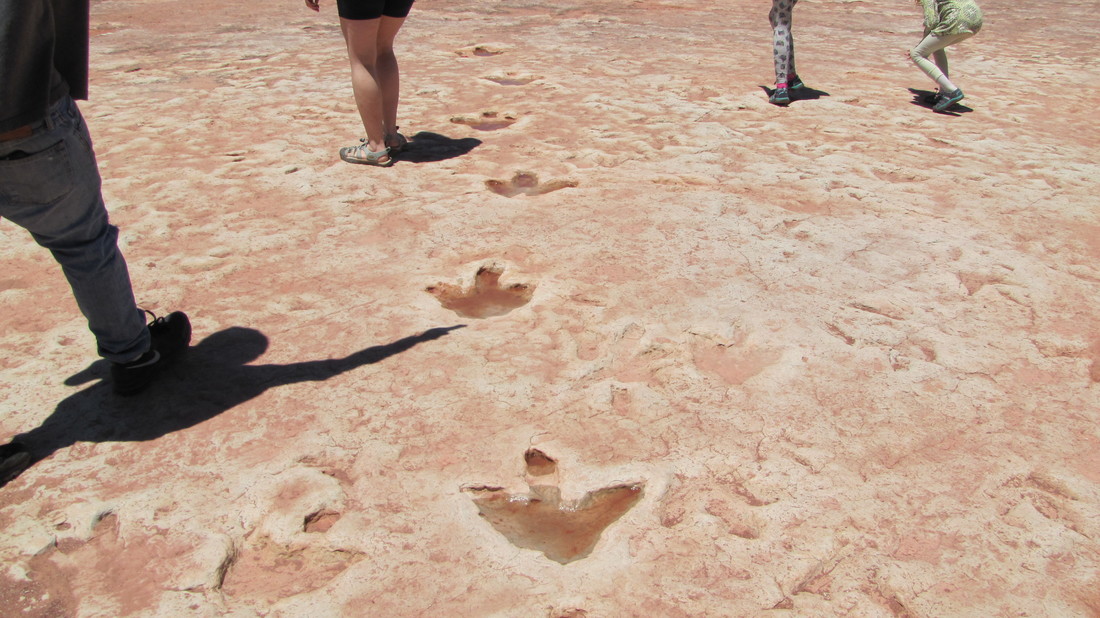
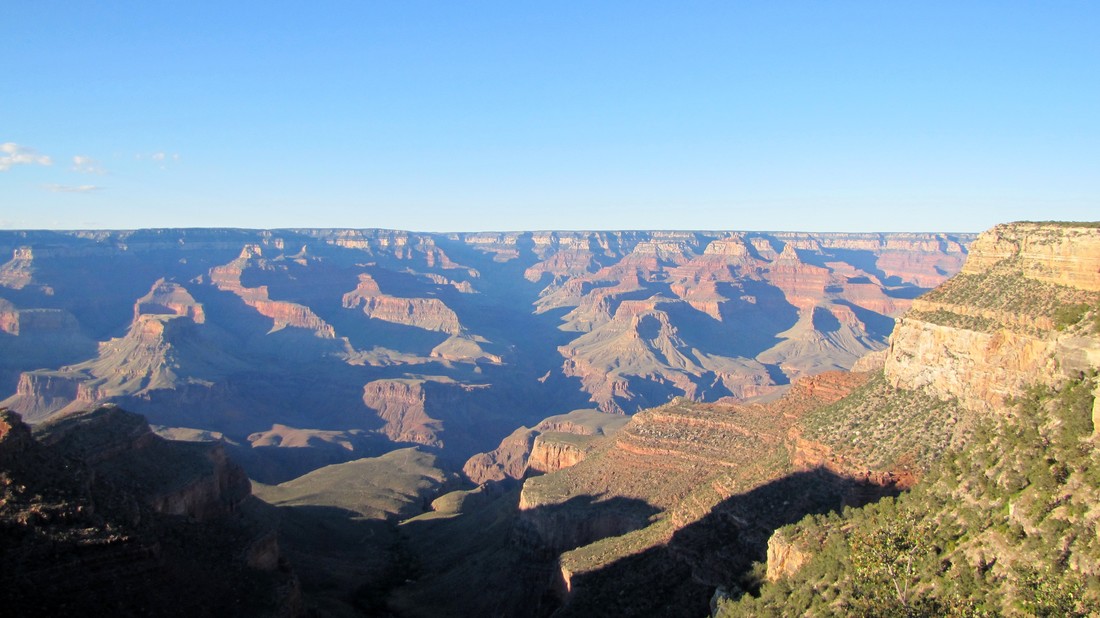
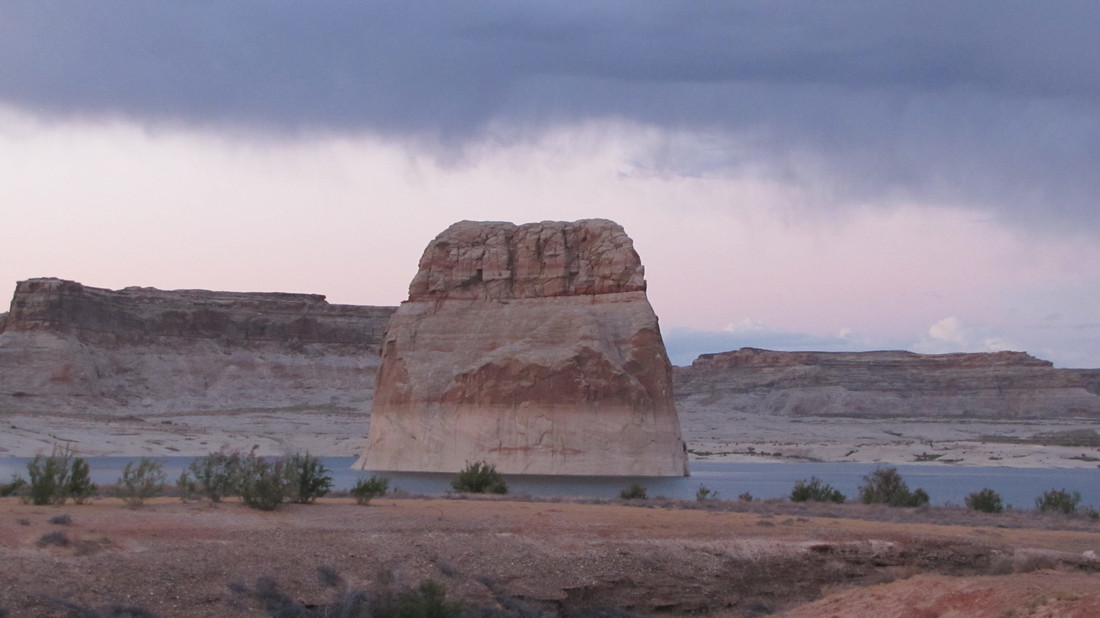
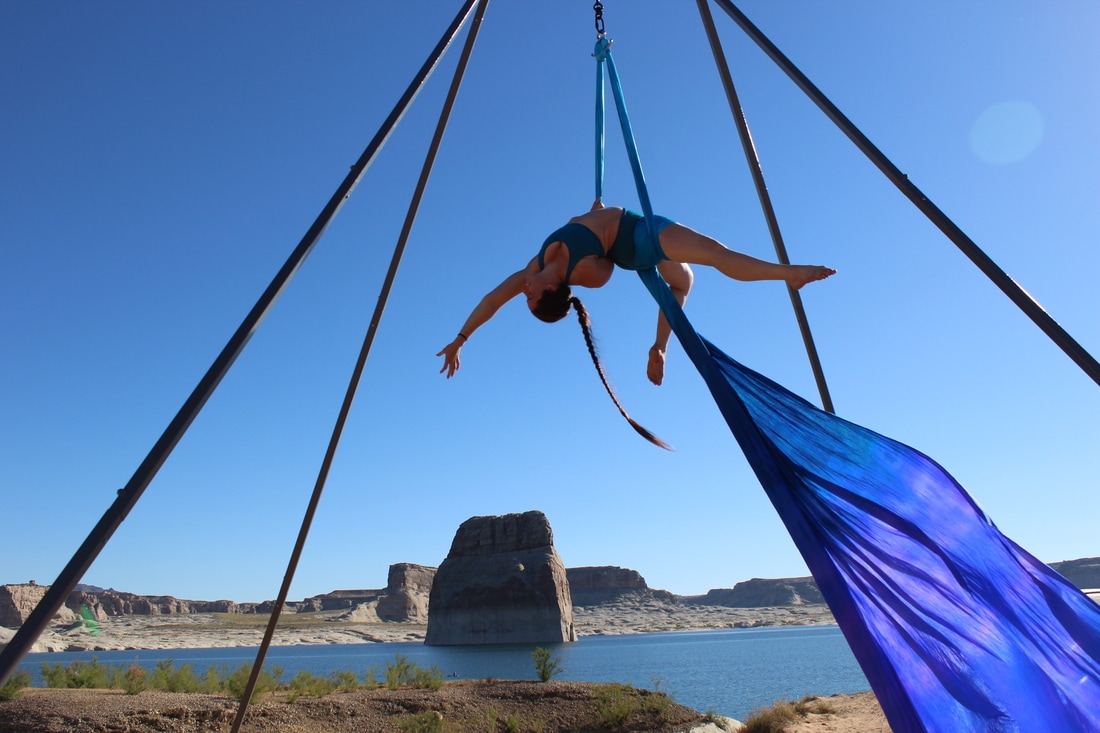
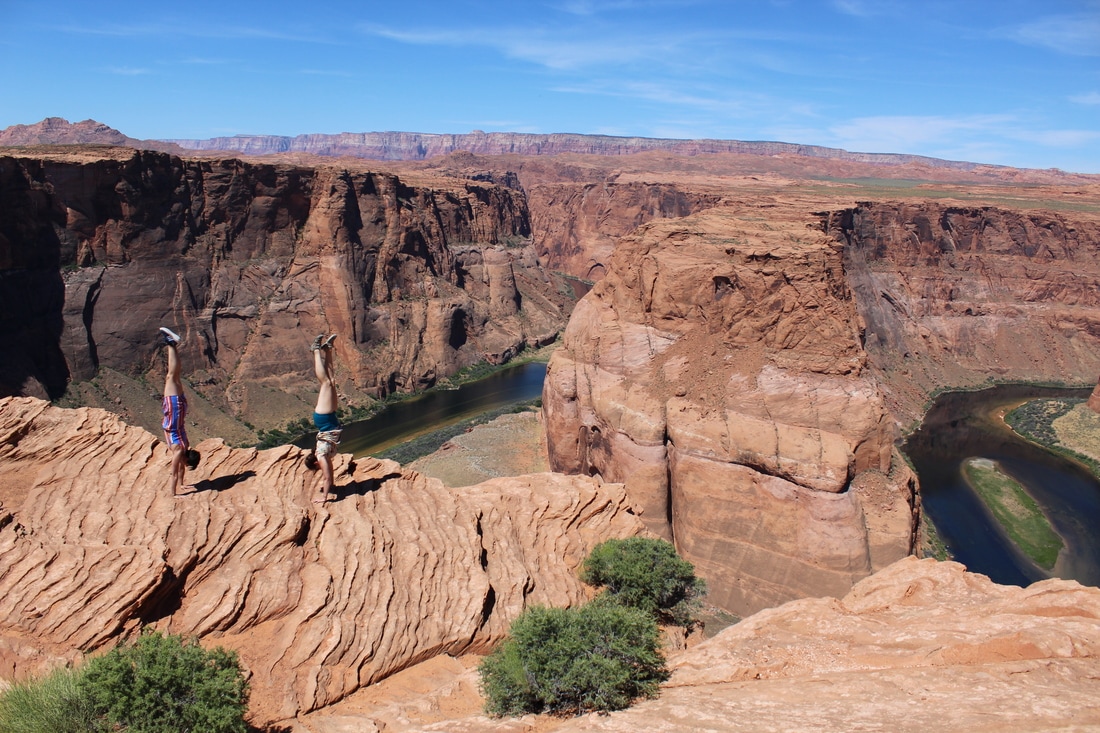
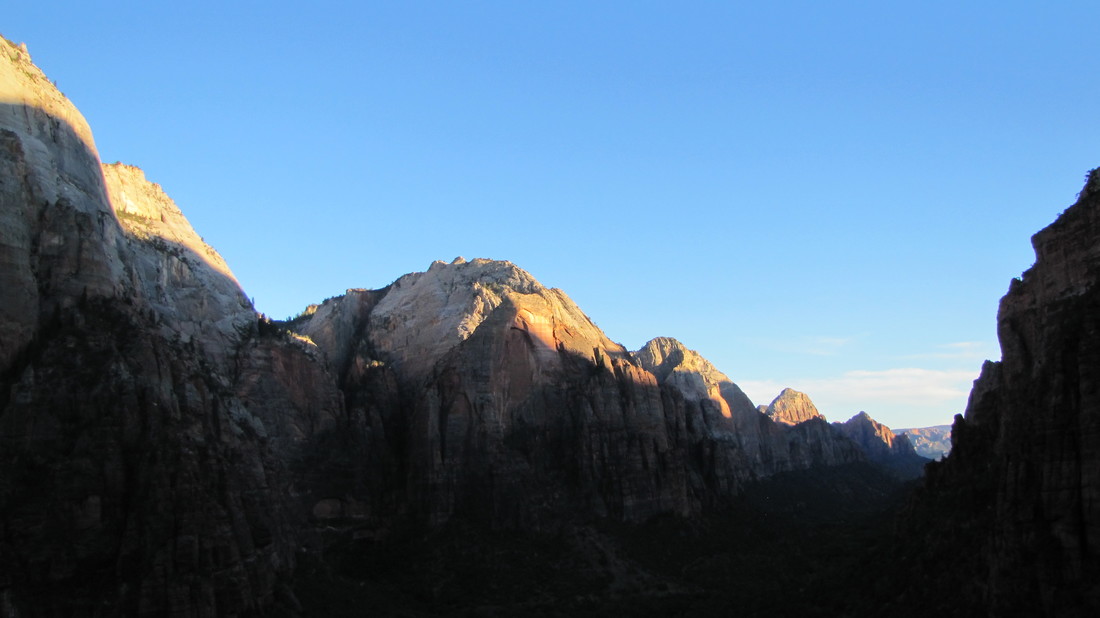
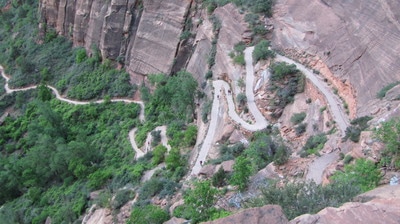
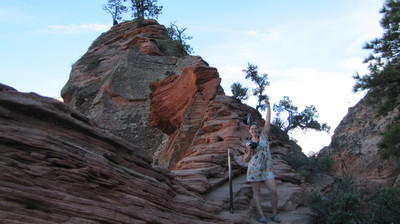
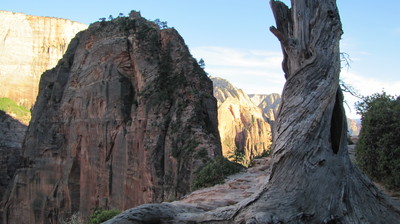
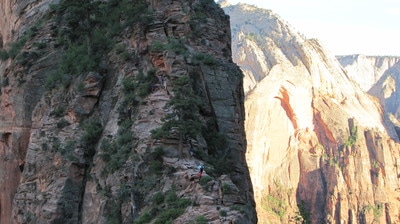
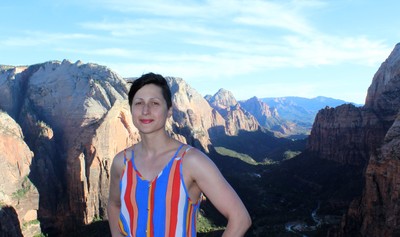
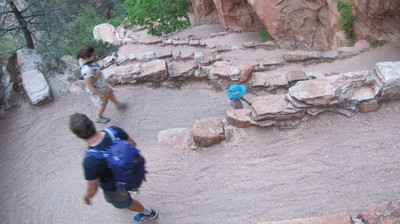
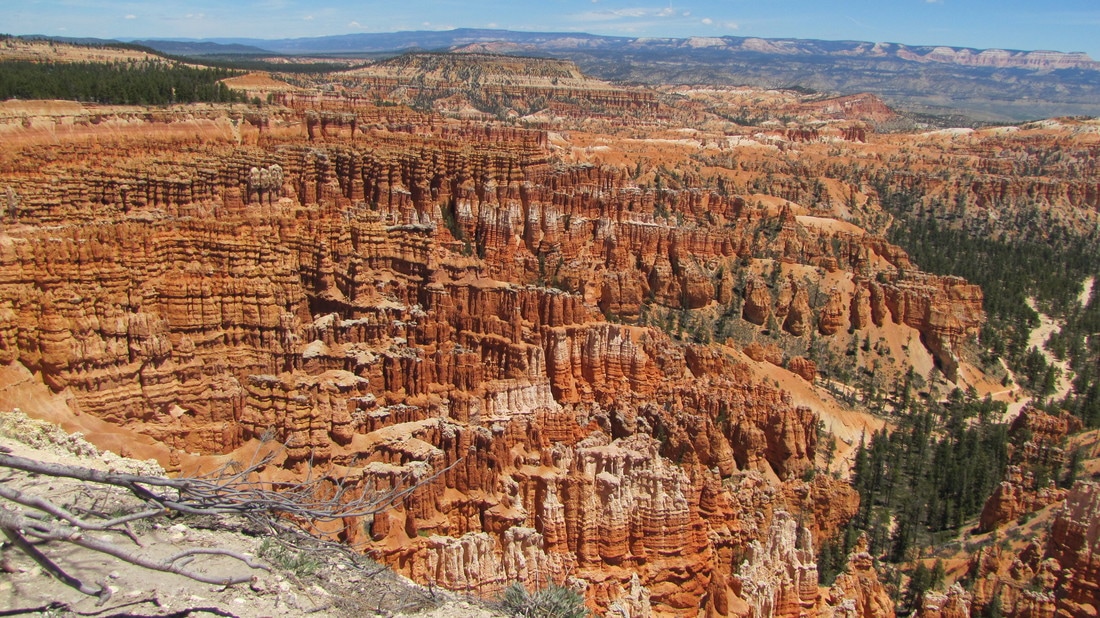
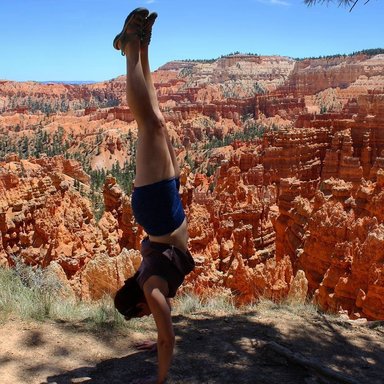
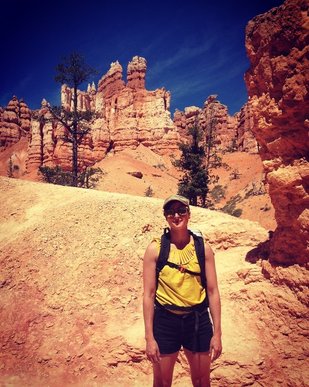
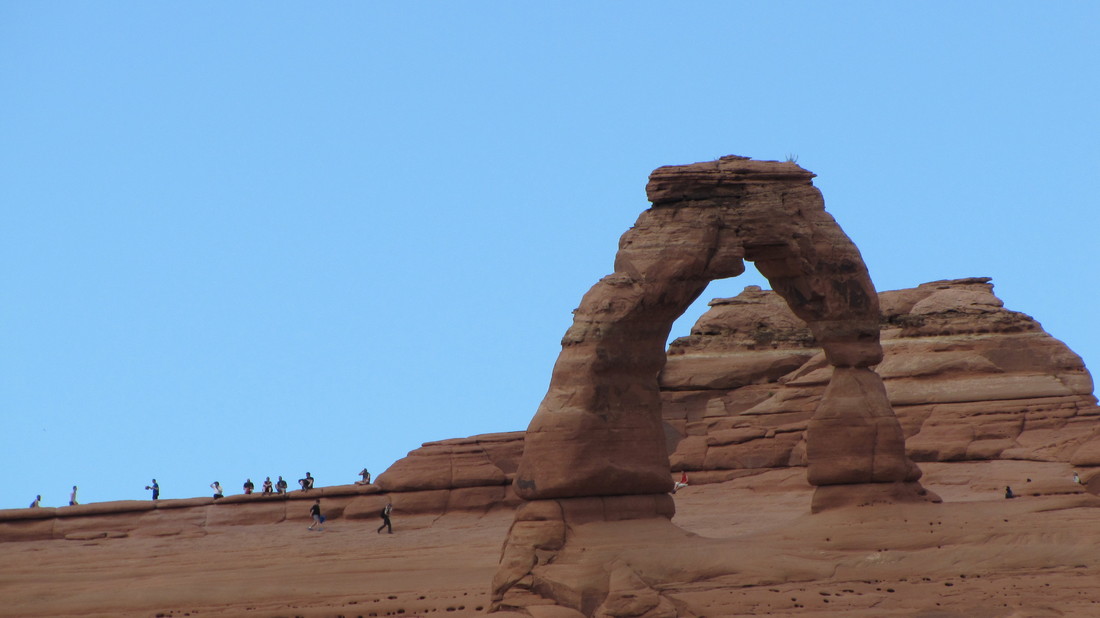
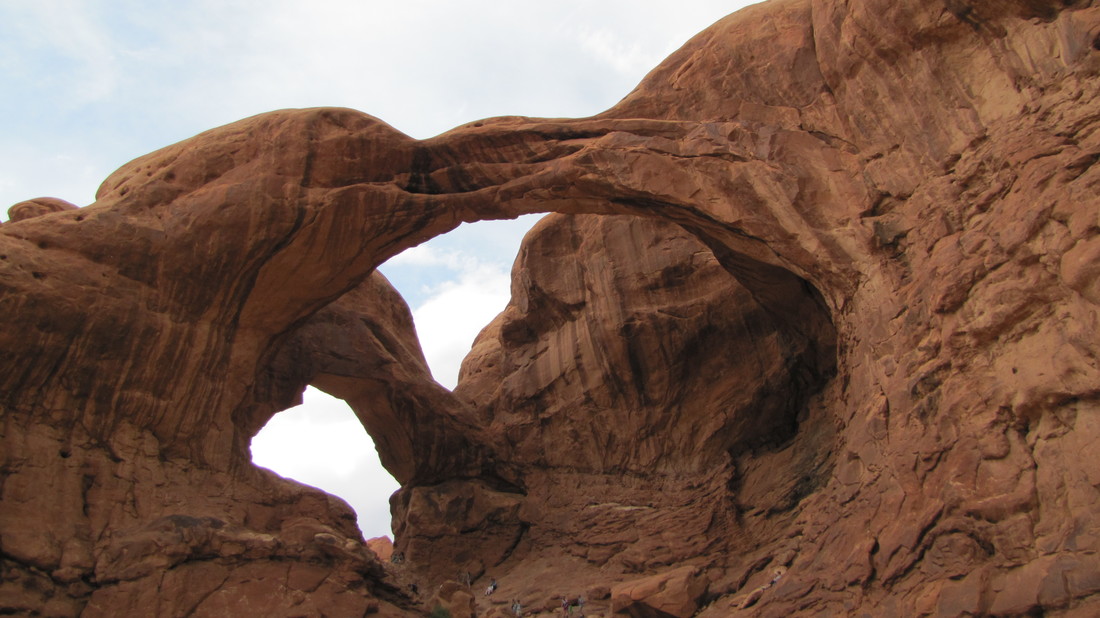
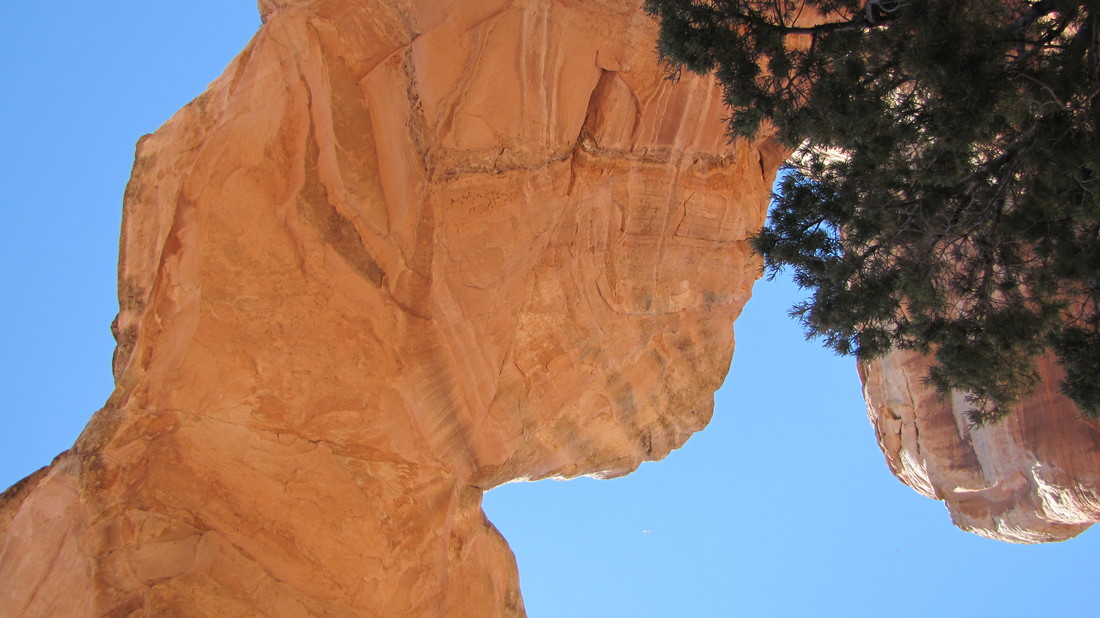
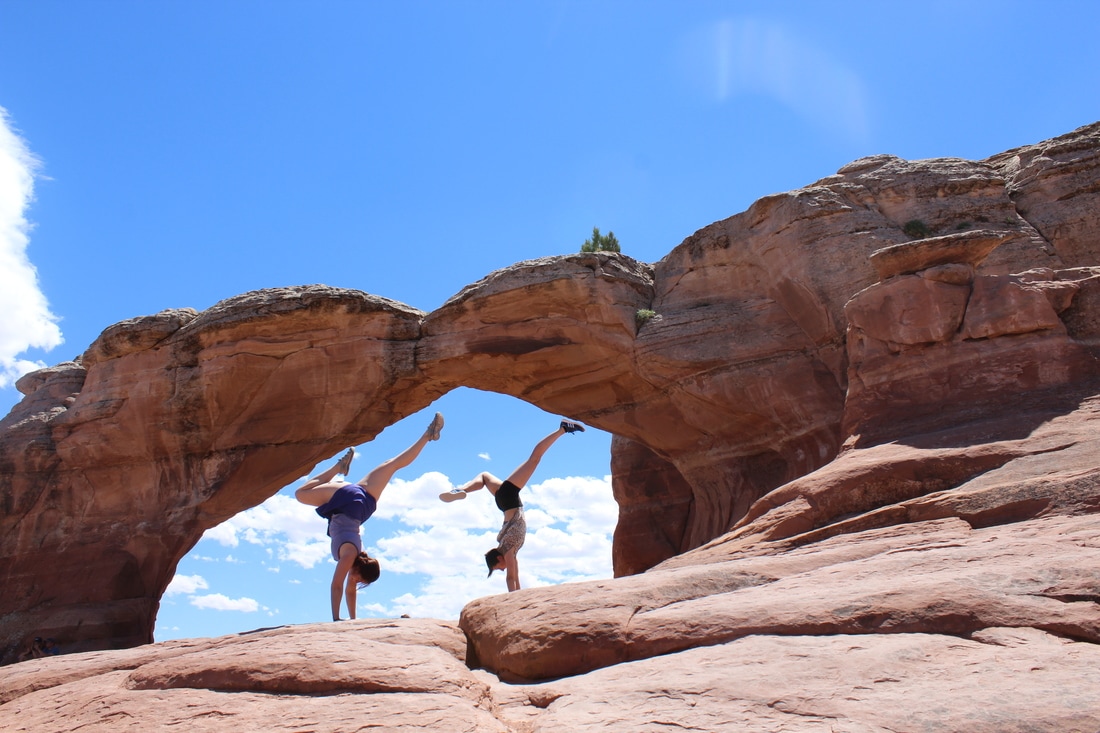
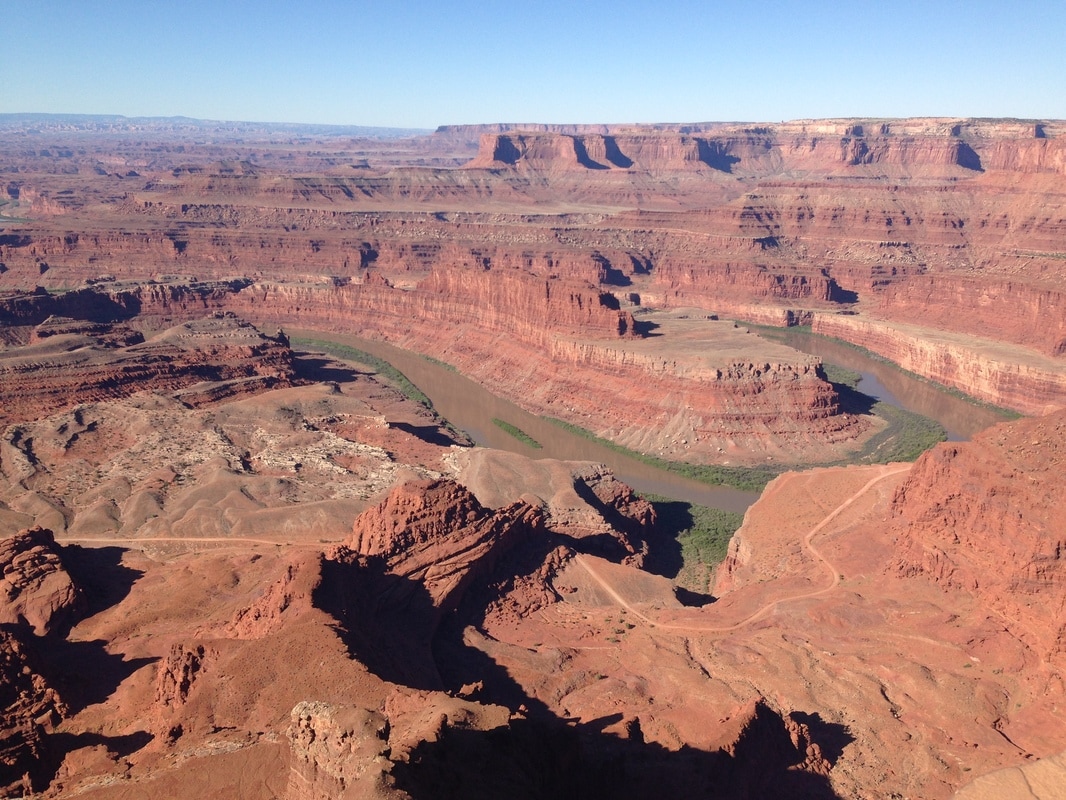
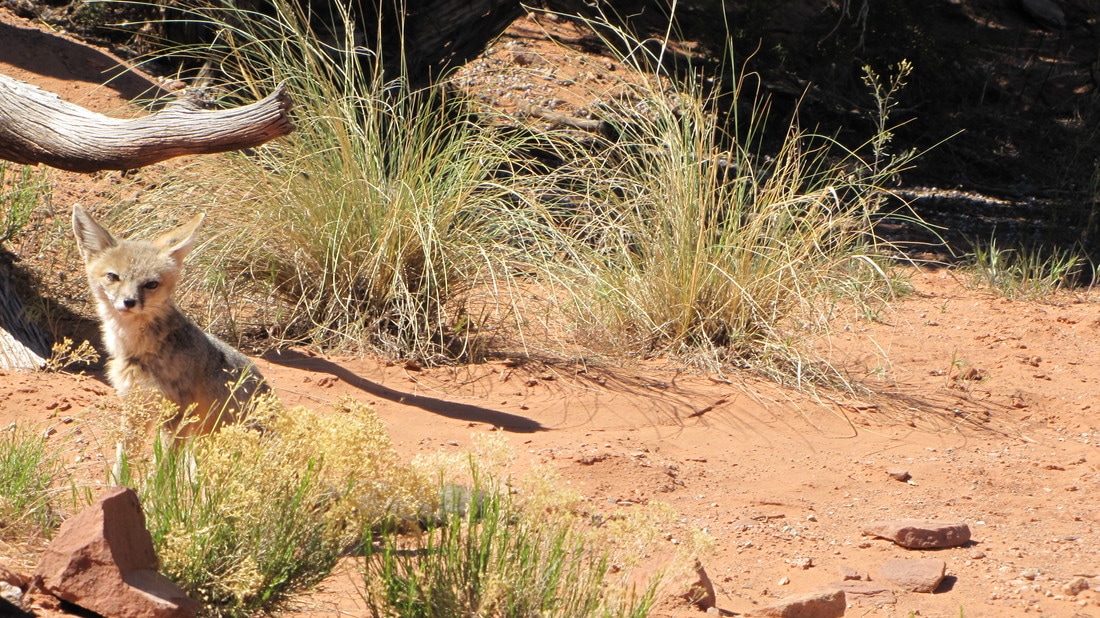
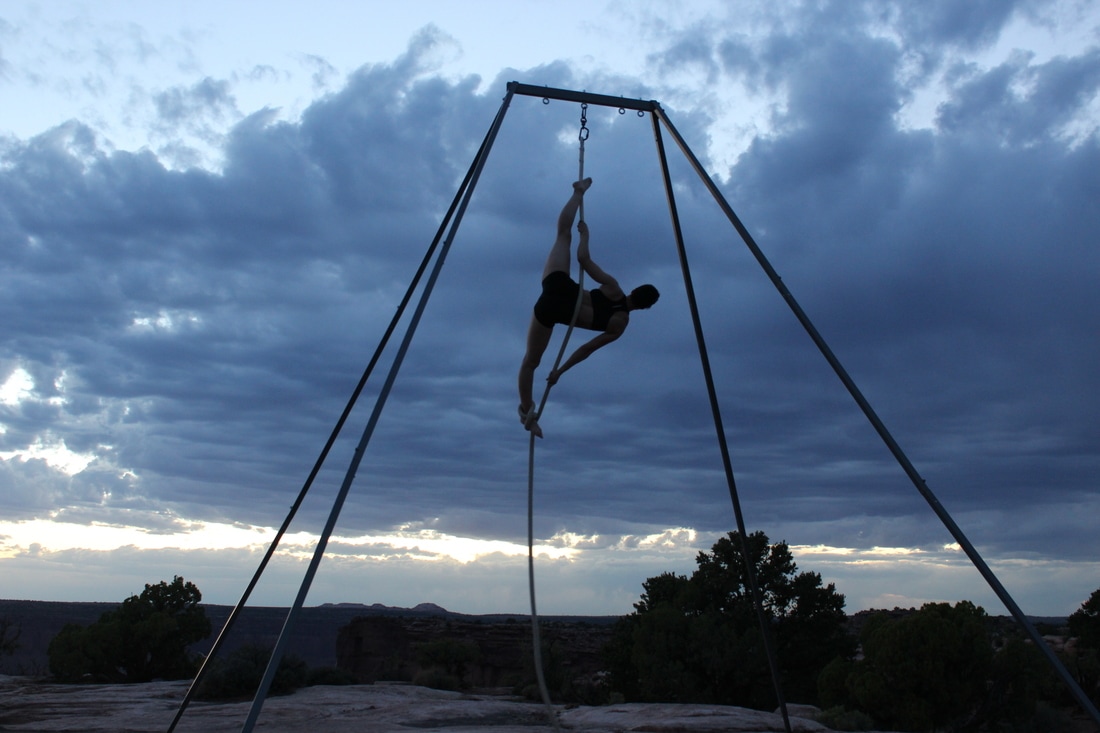
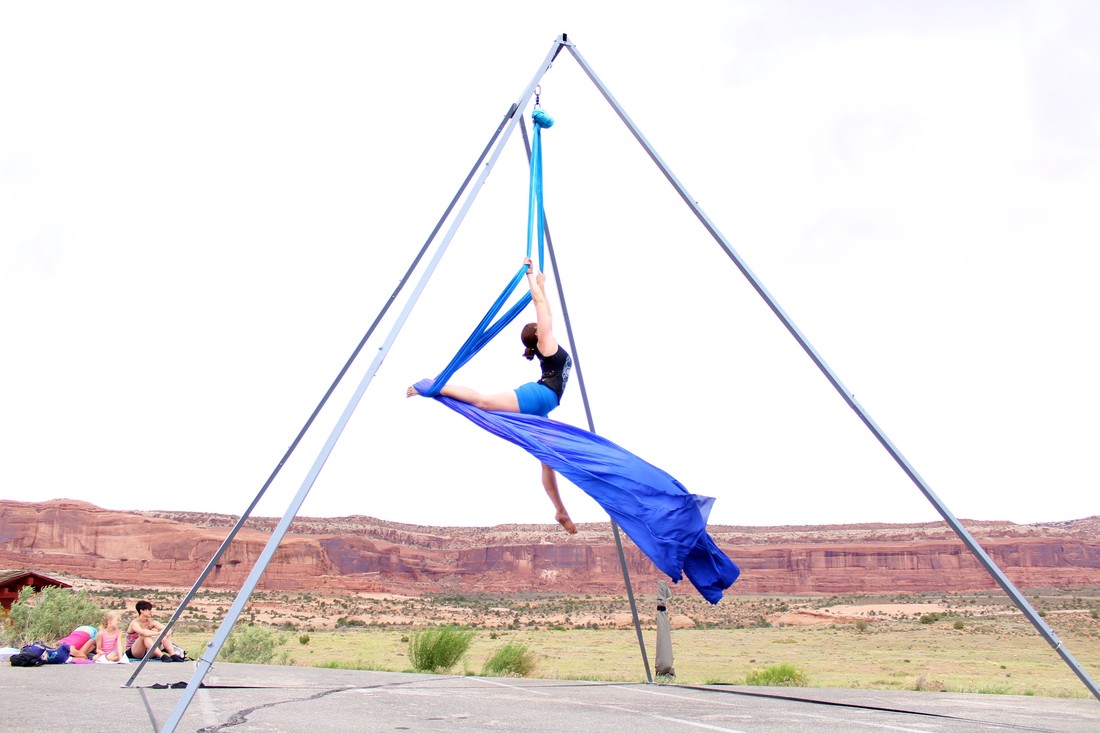
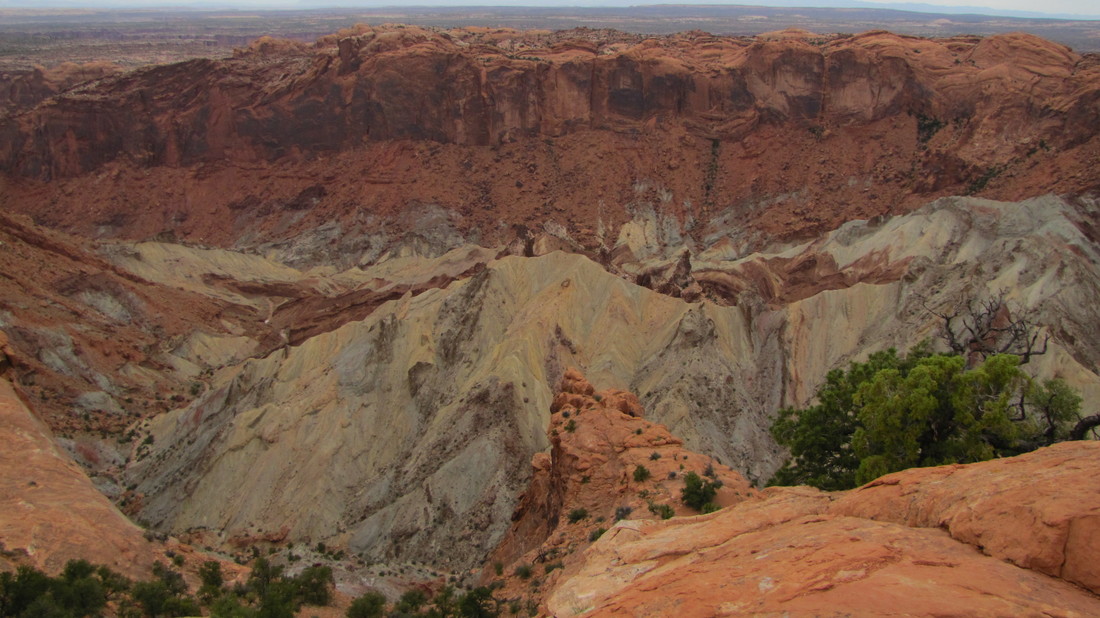
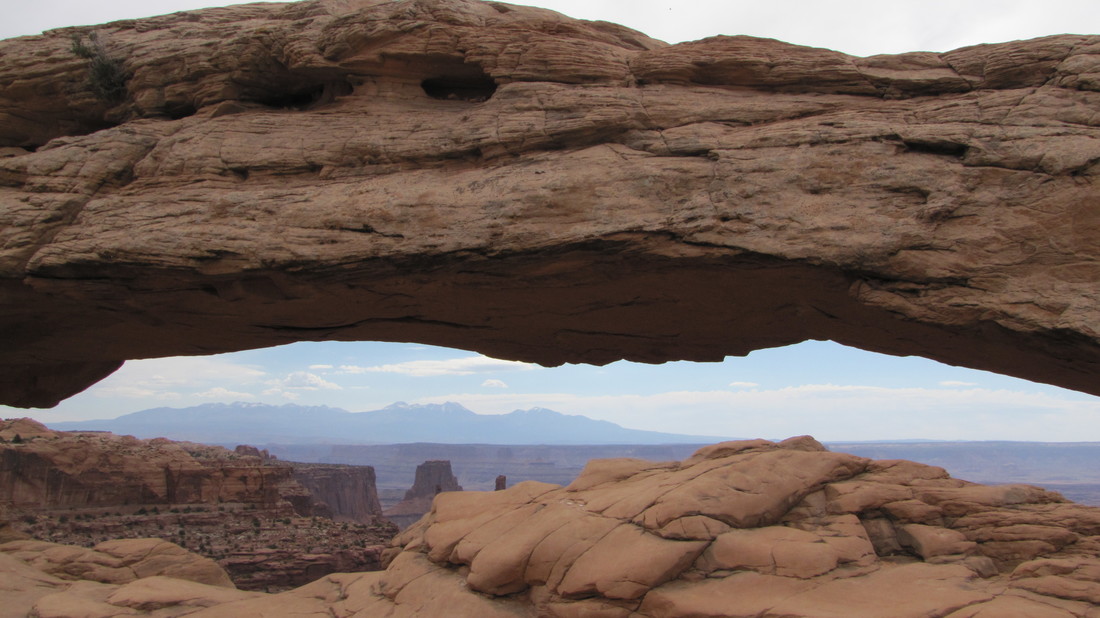
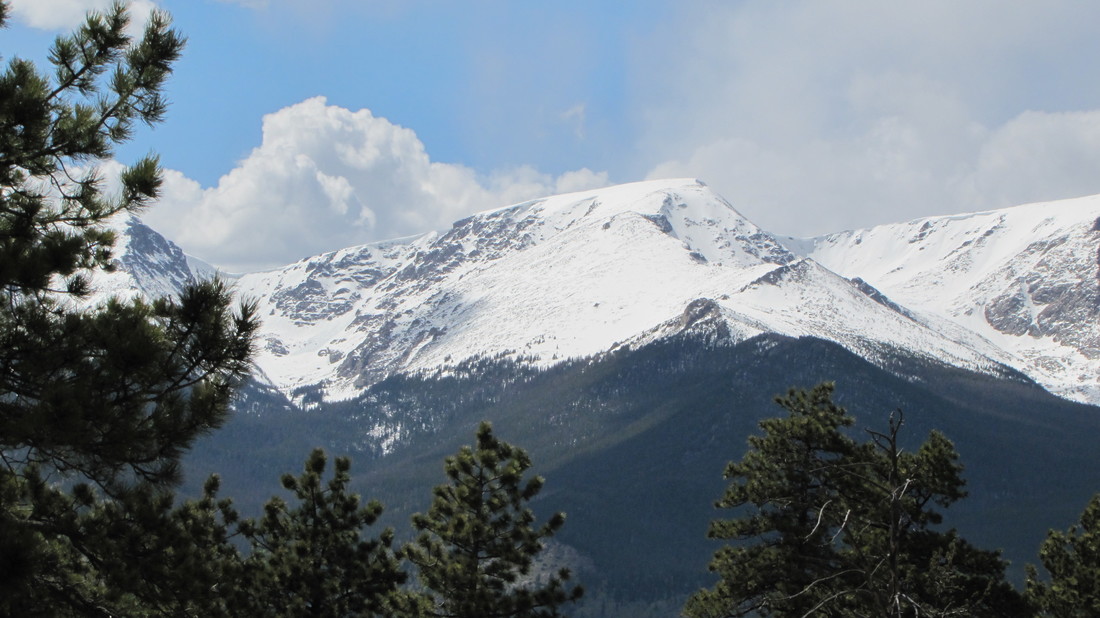
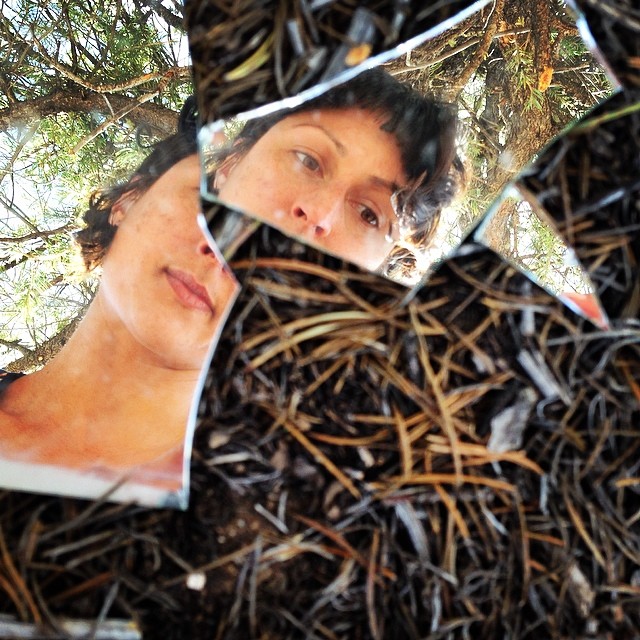
 RSS Feed
RSS Feed
